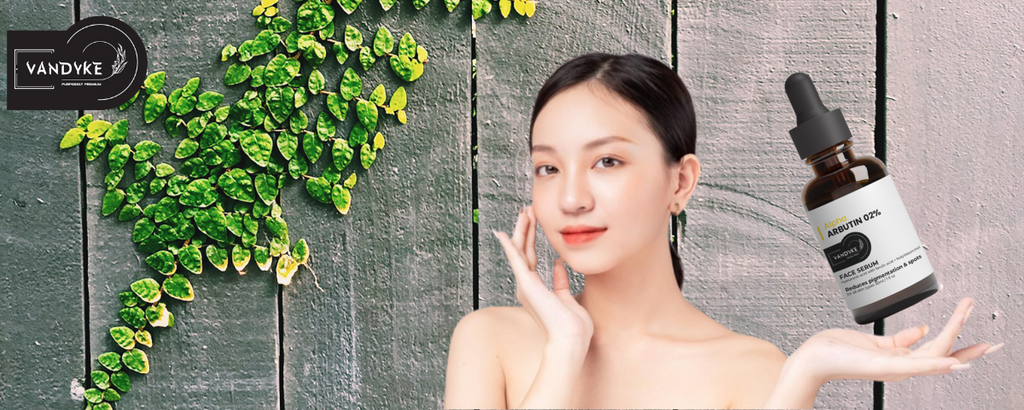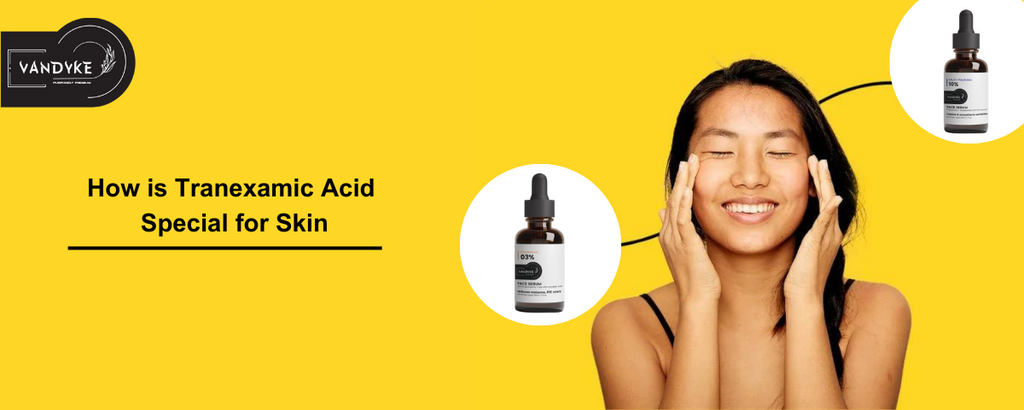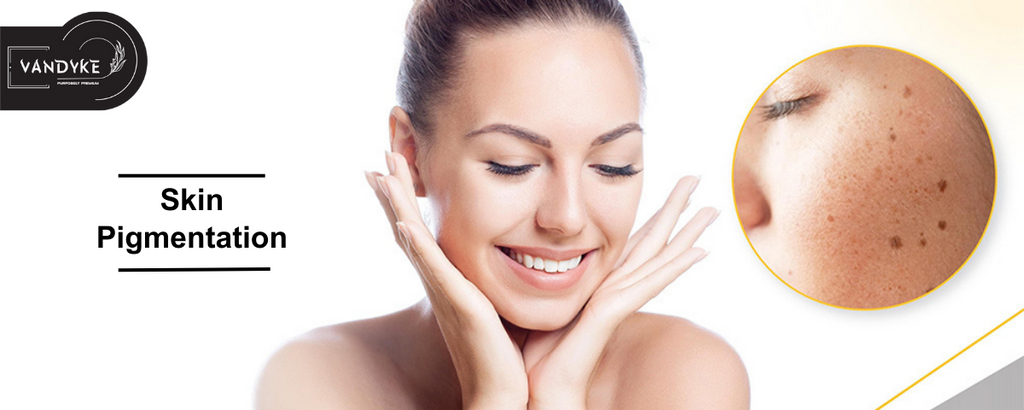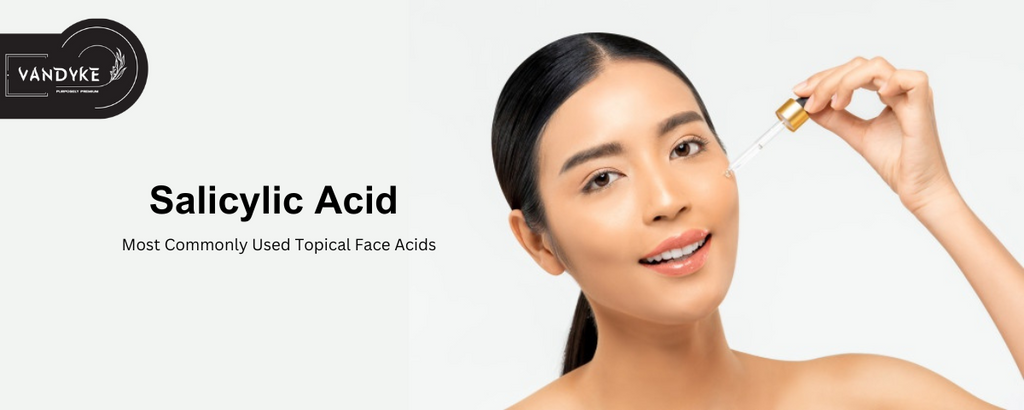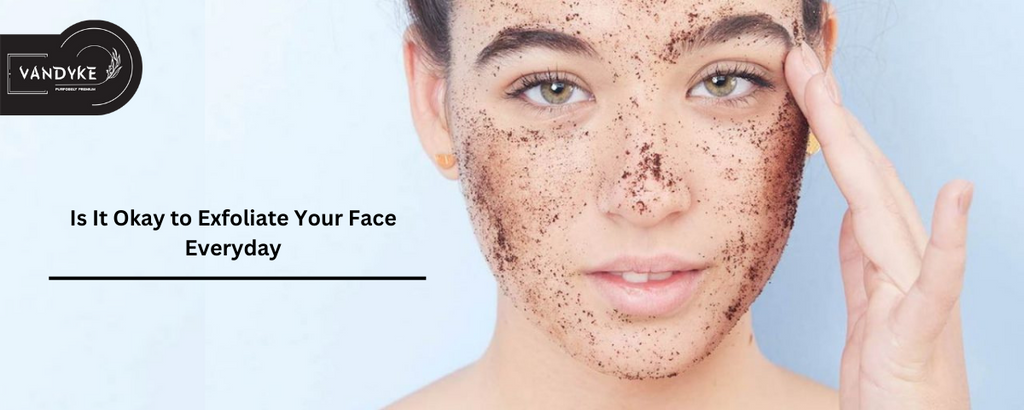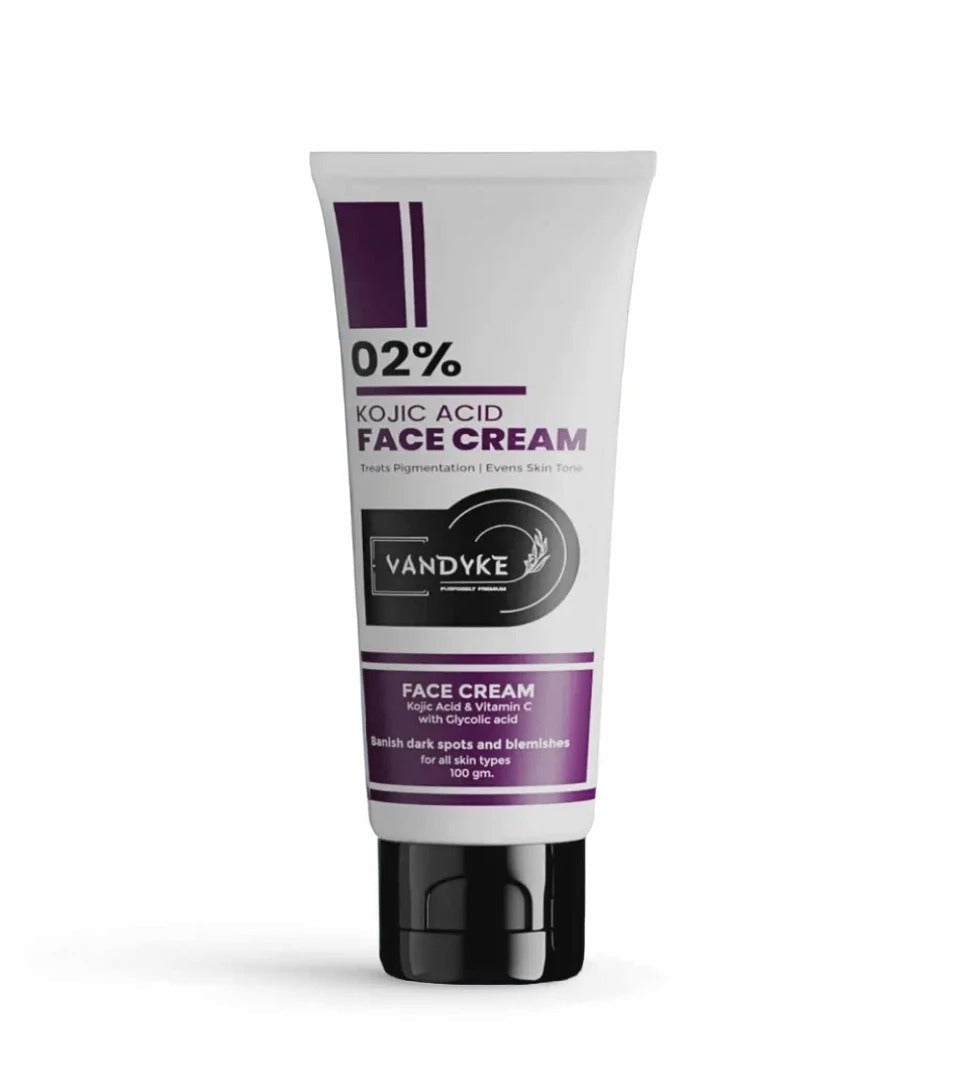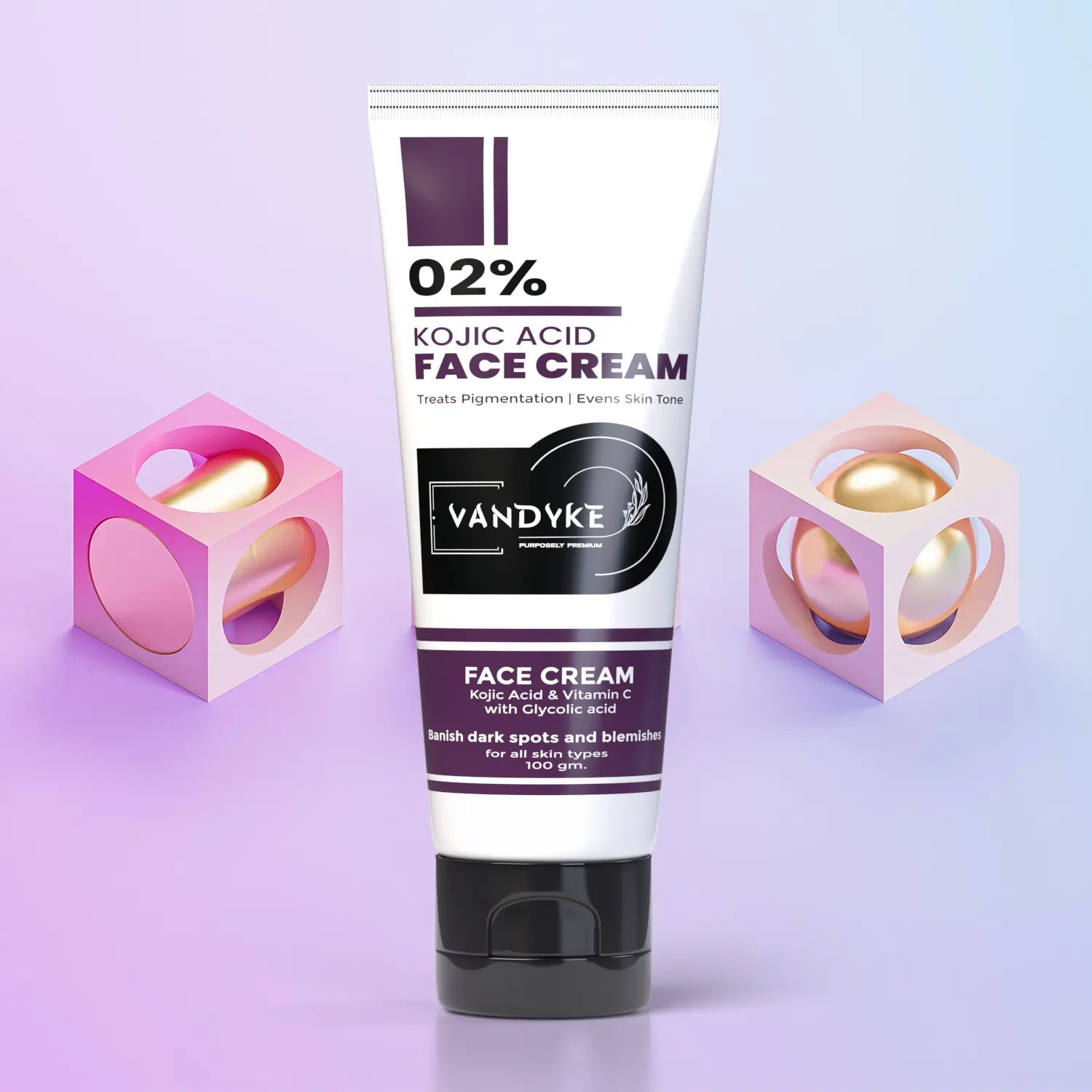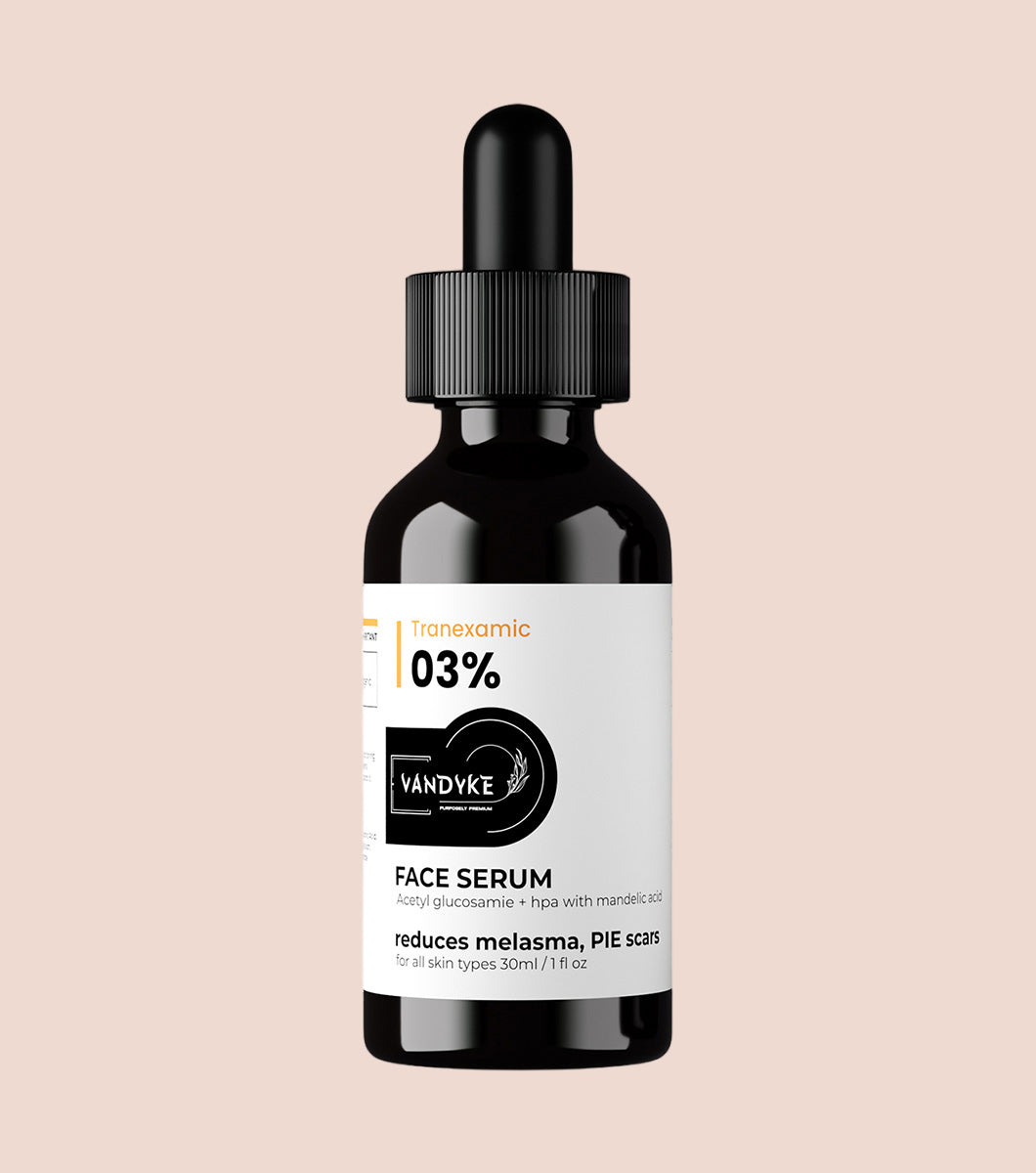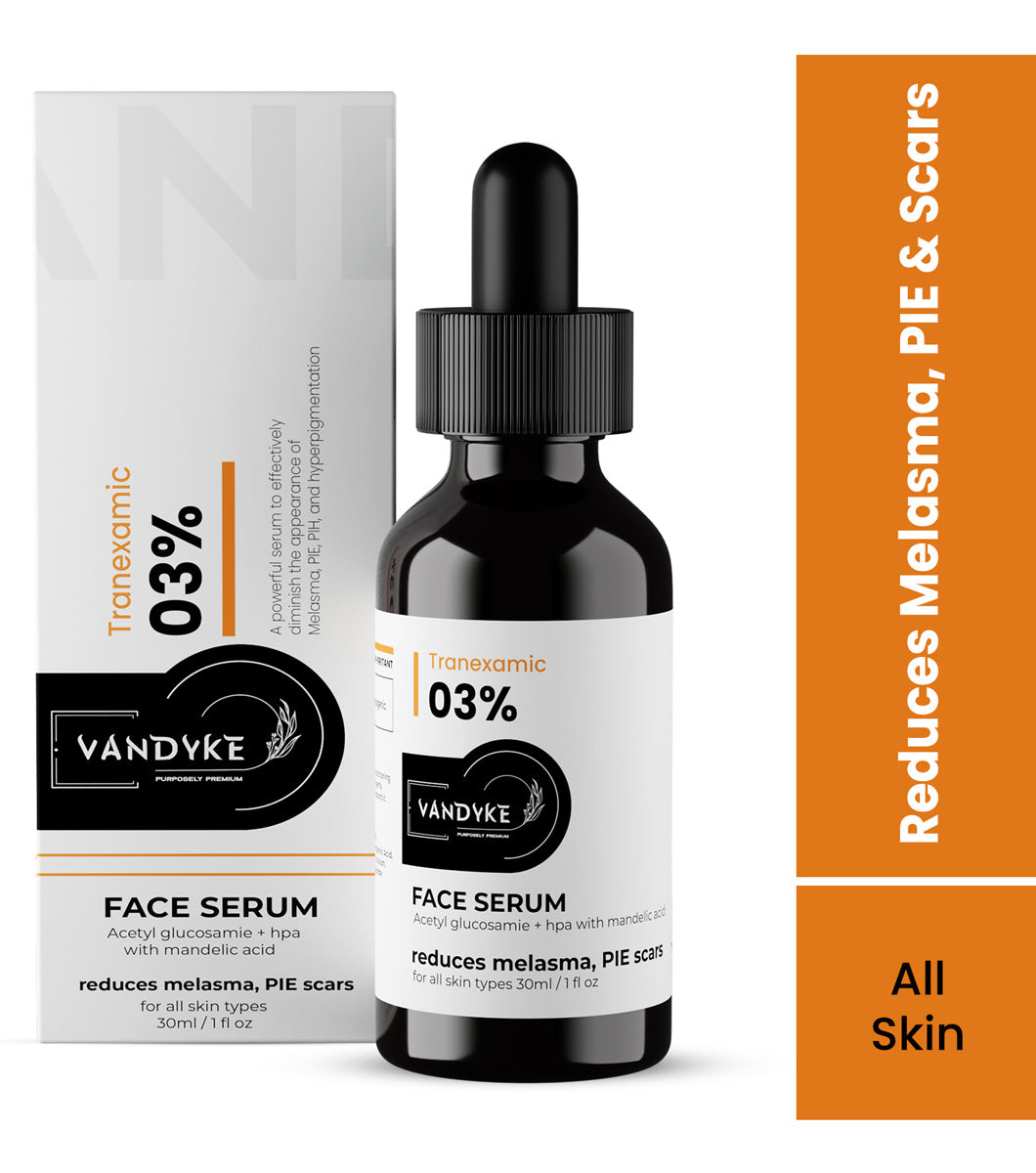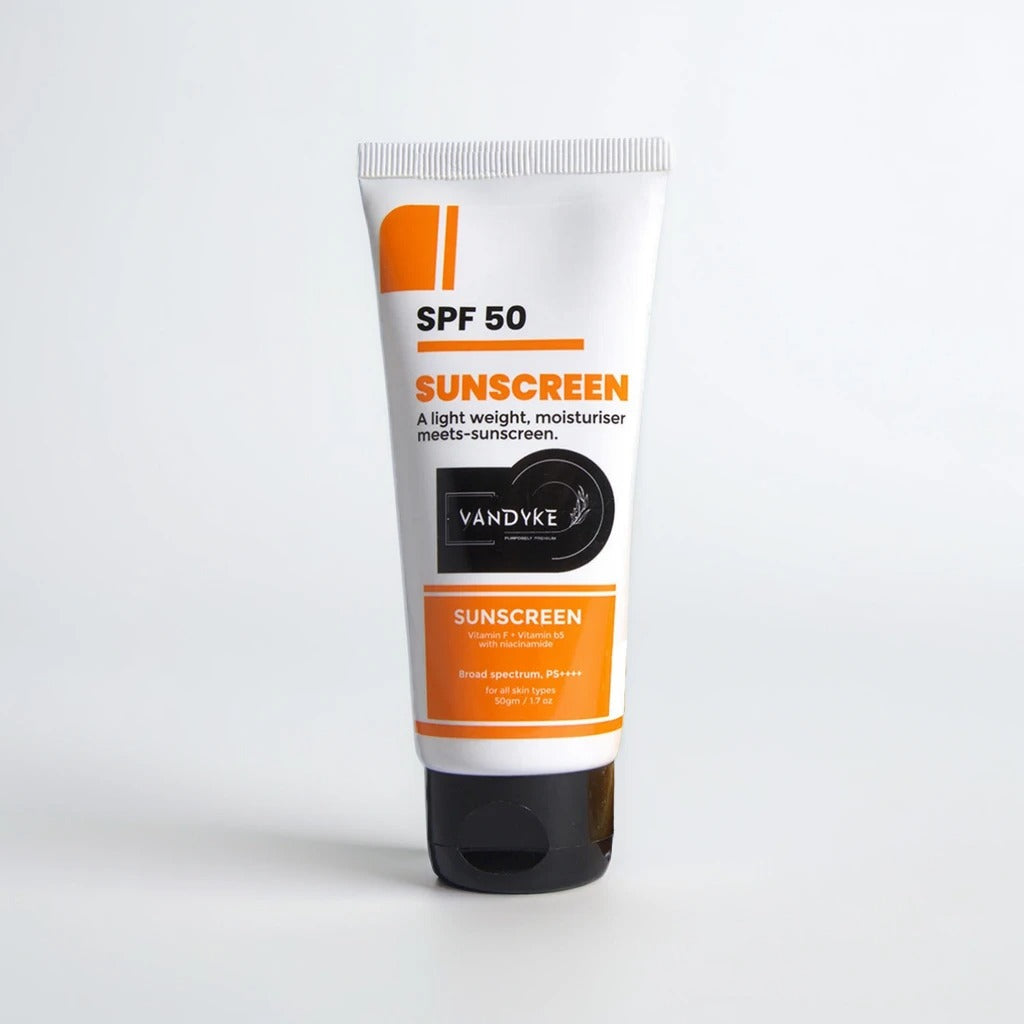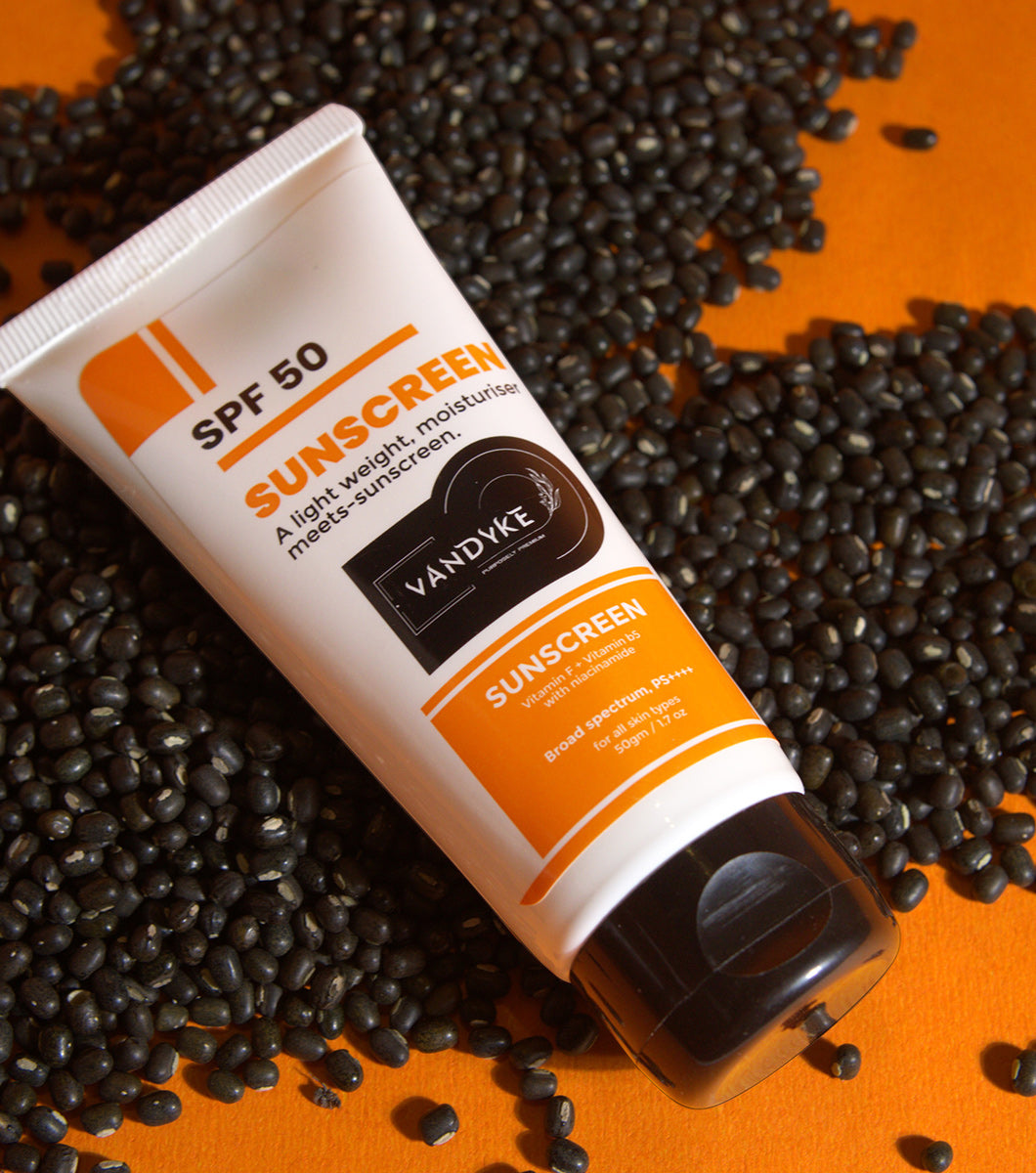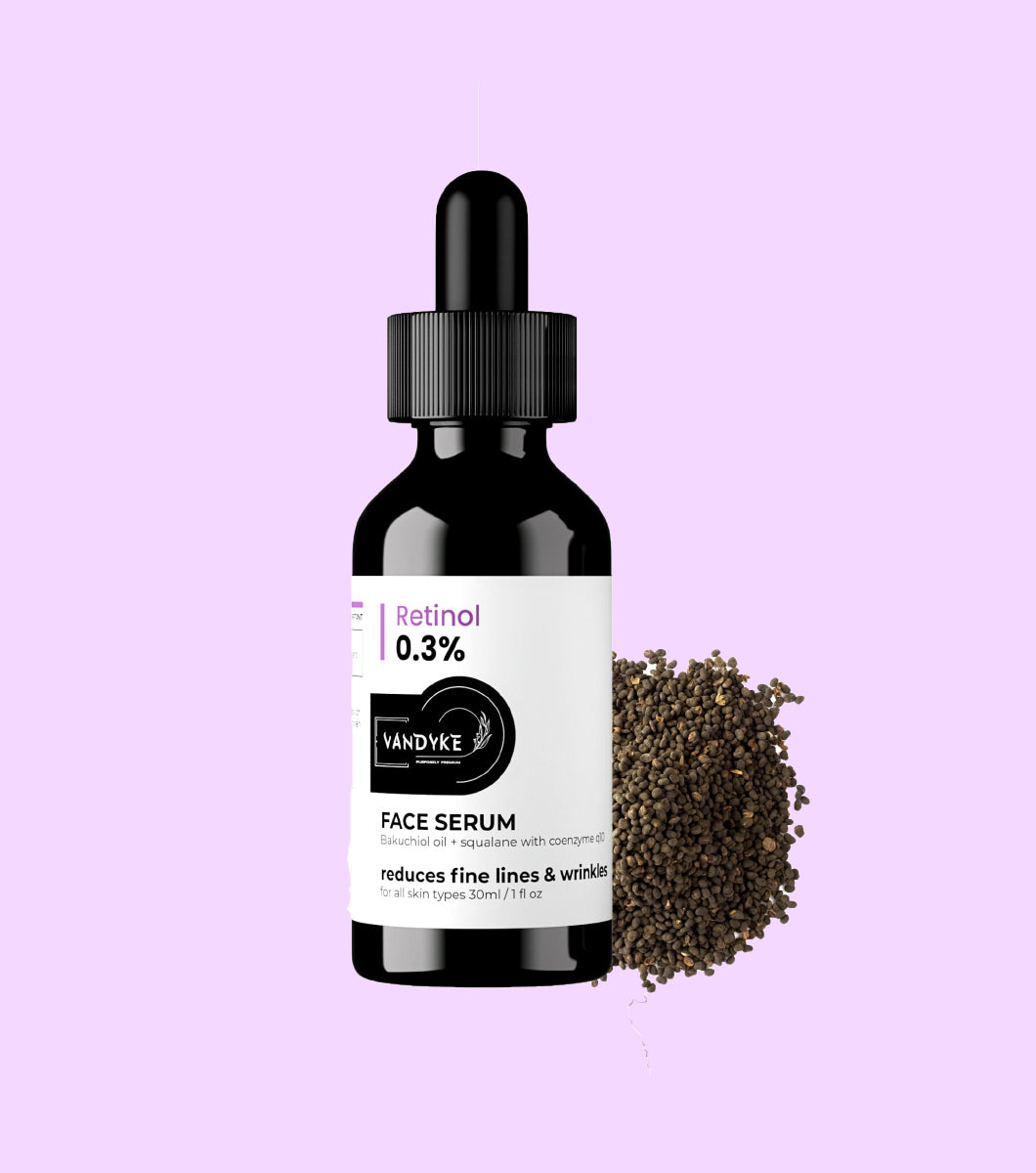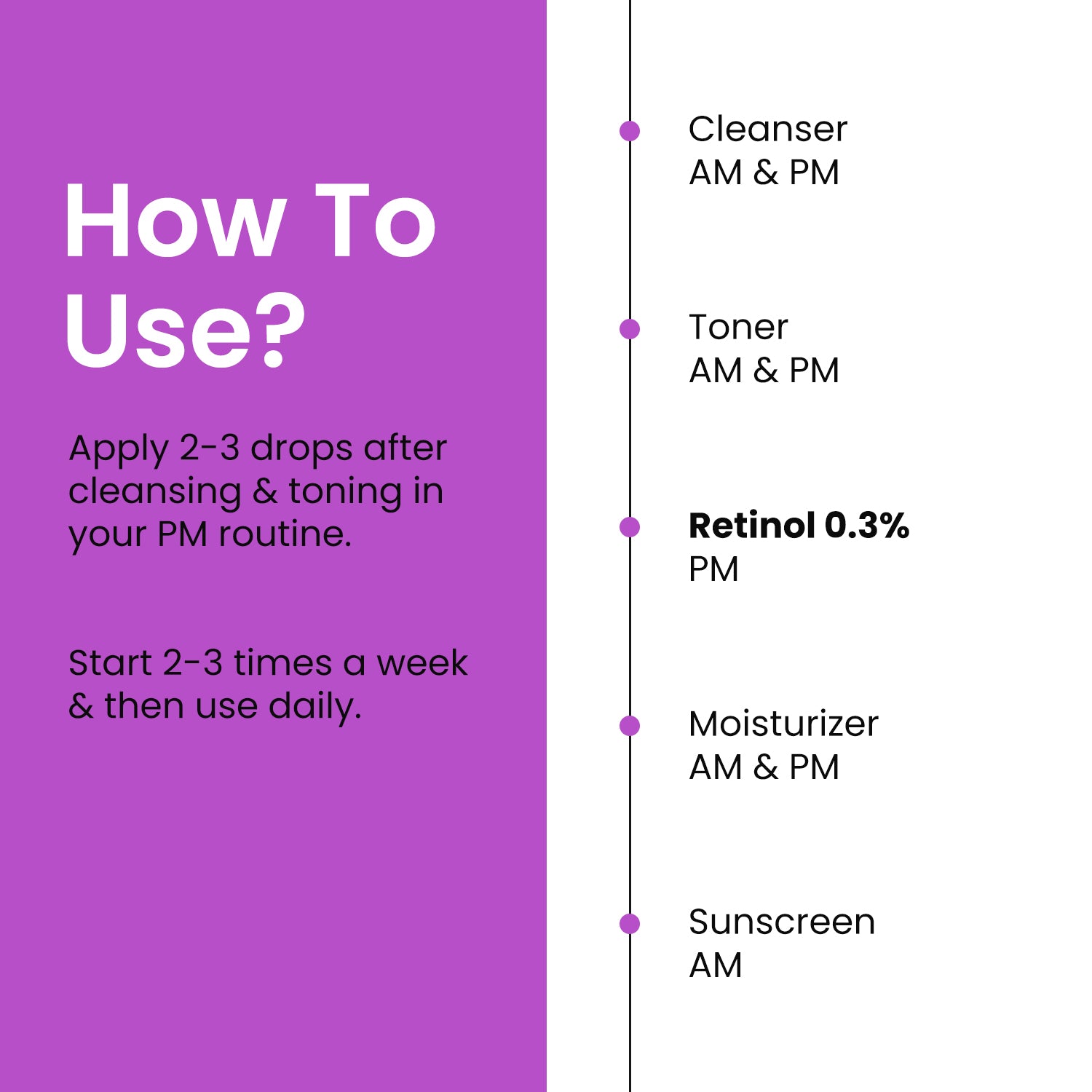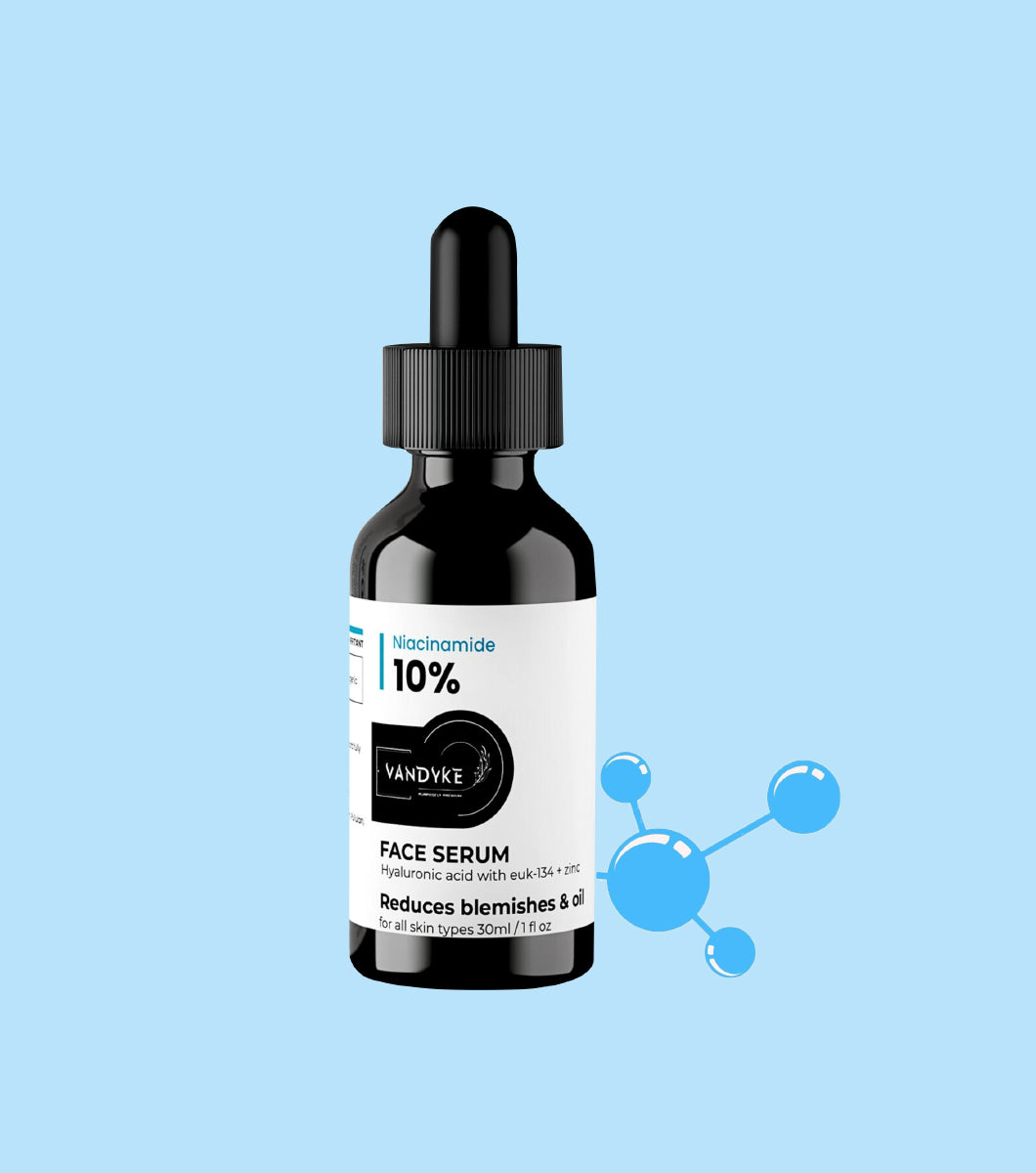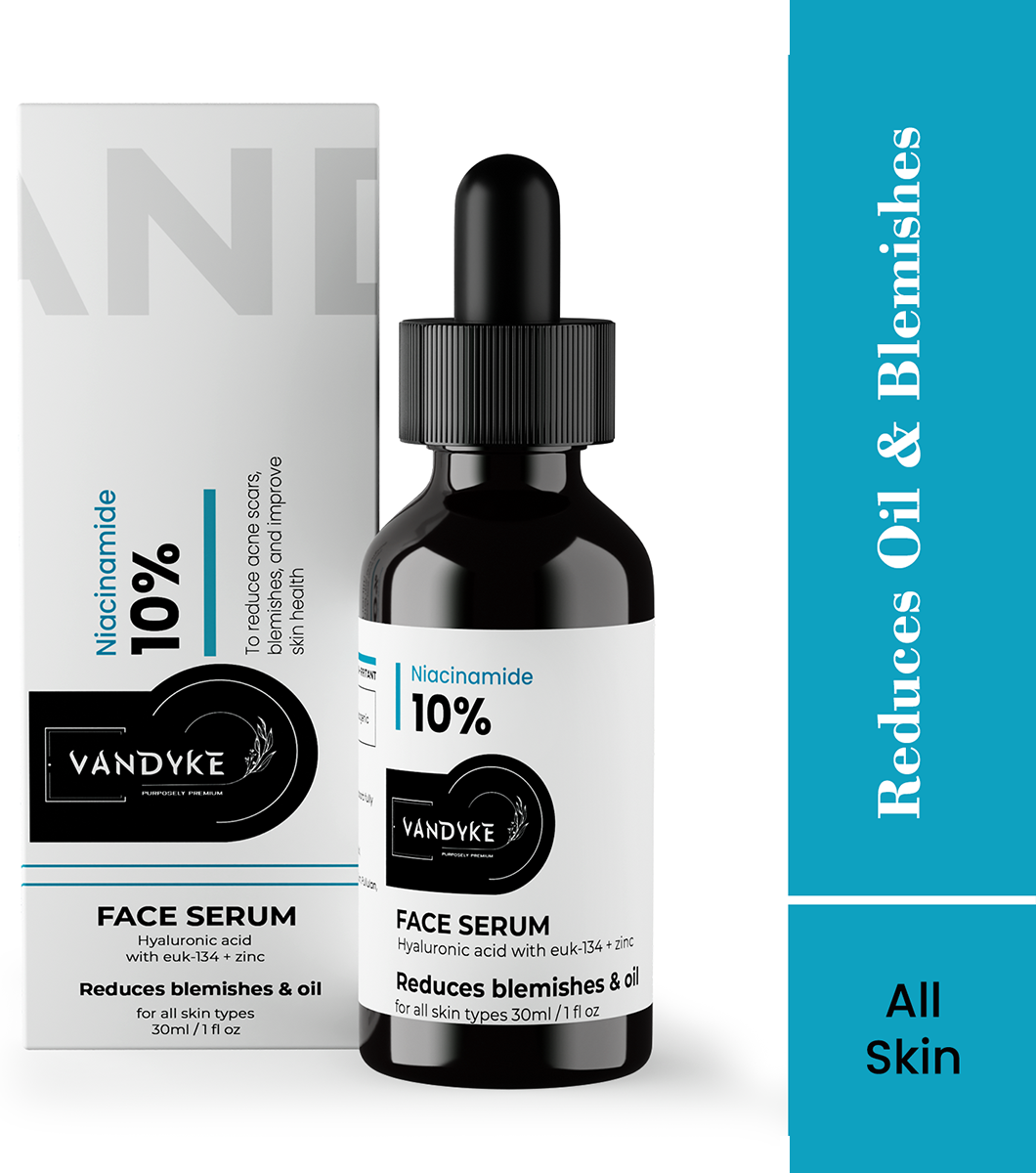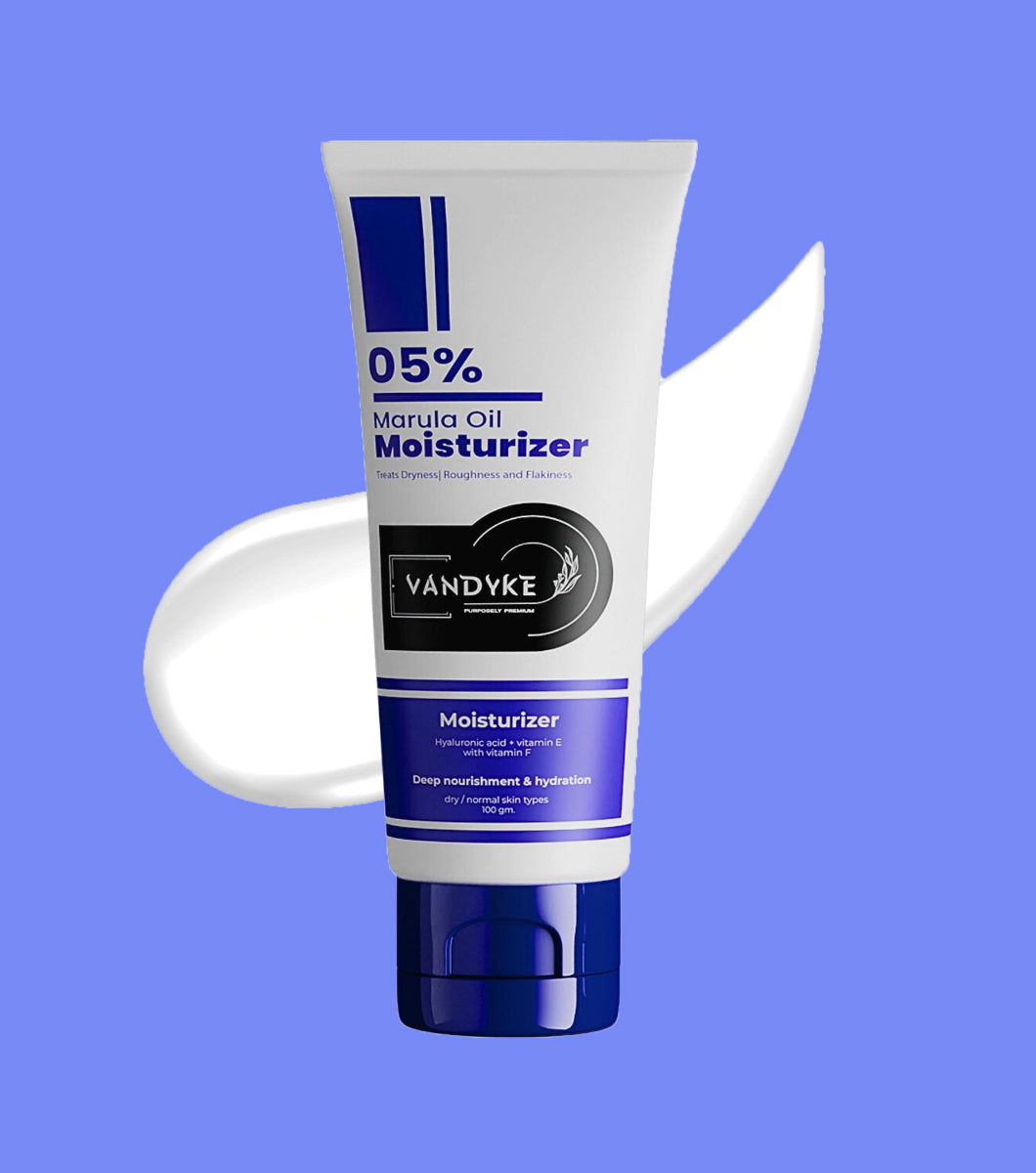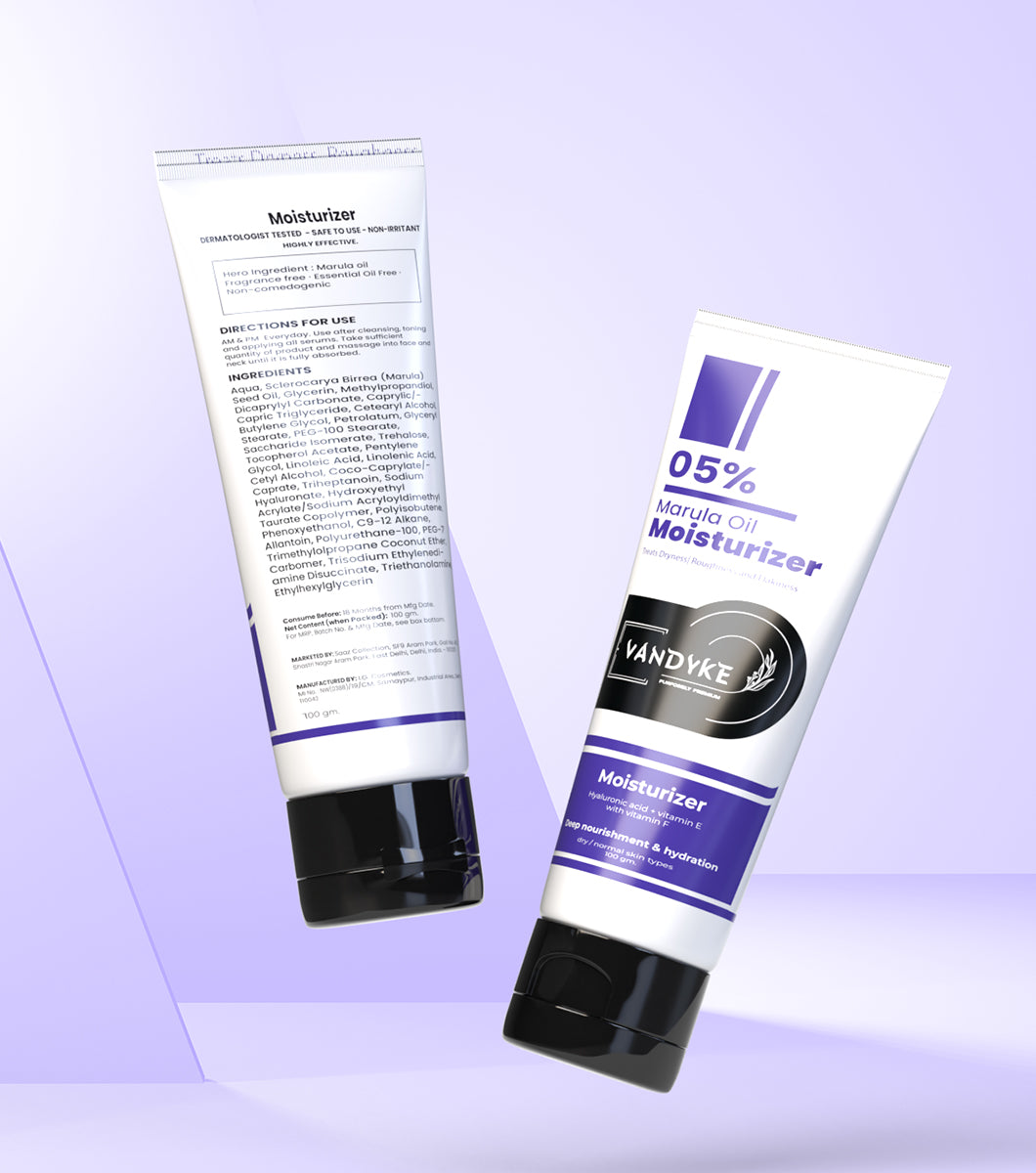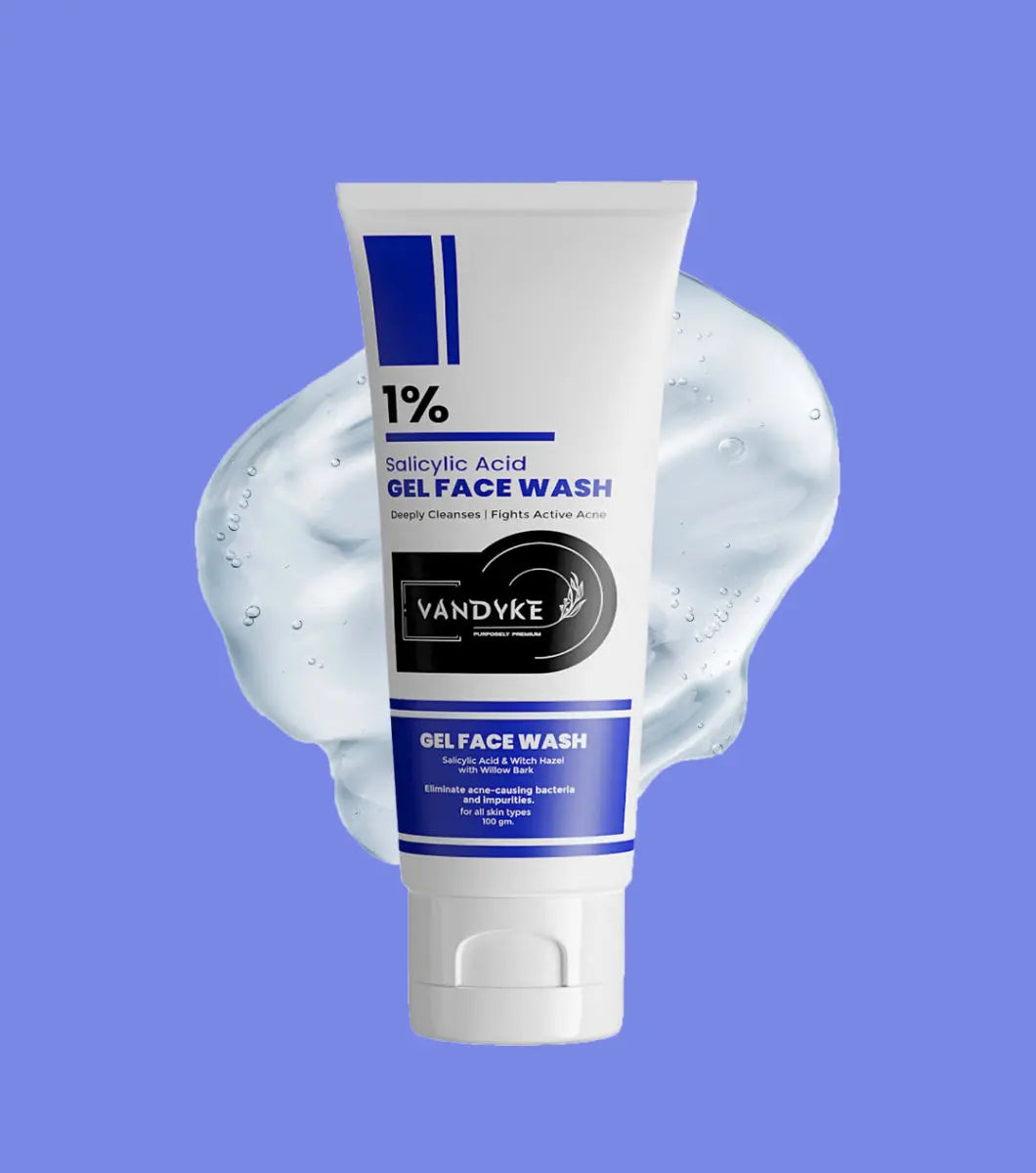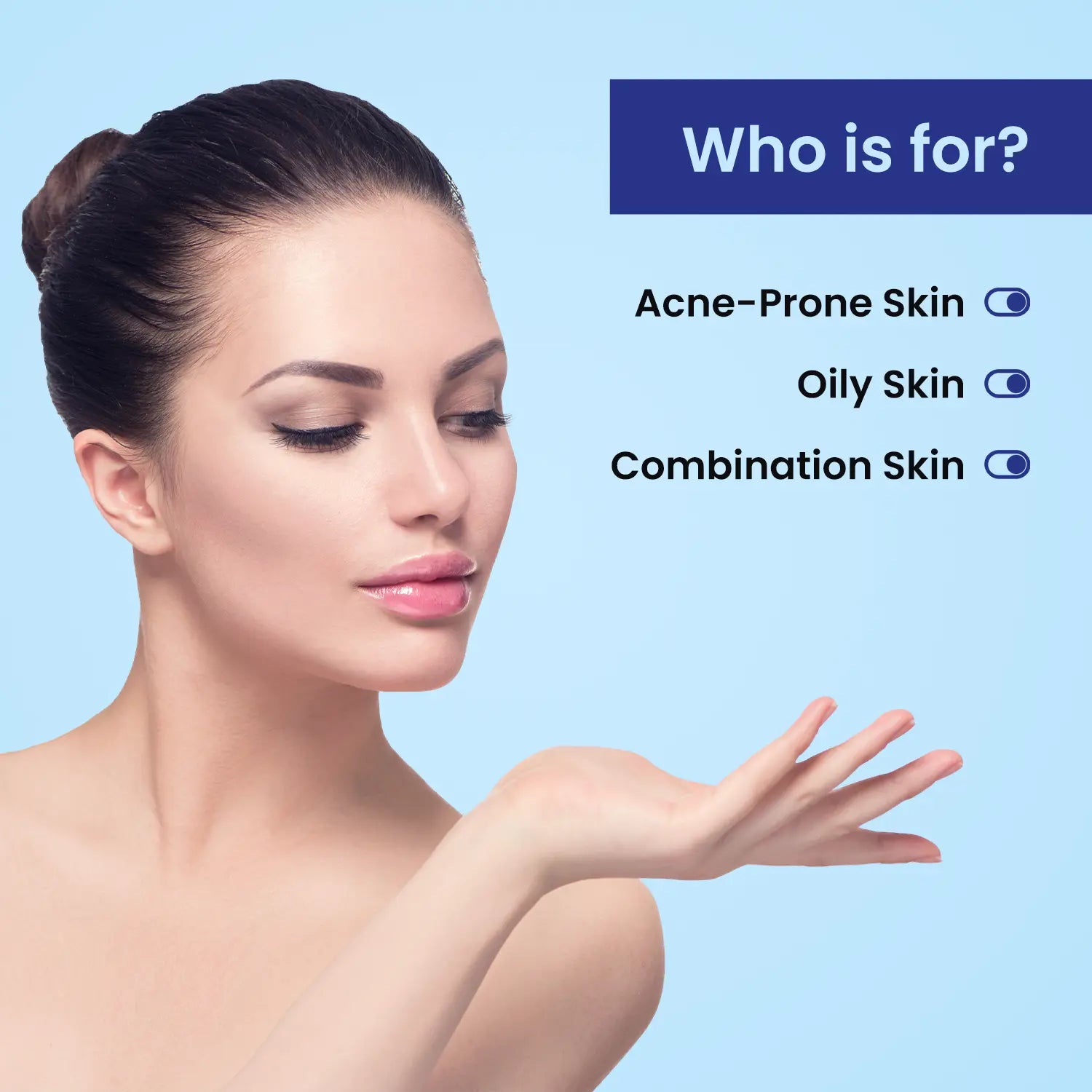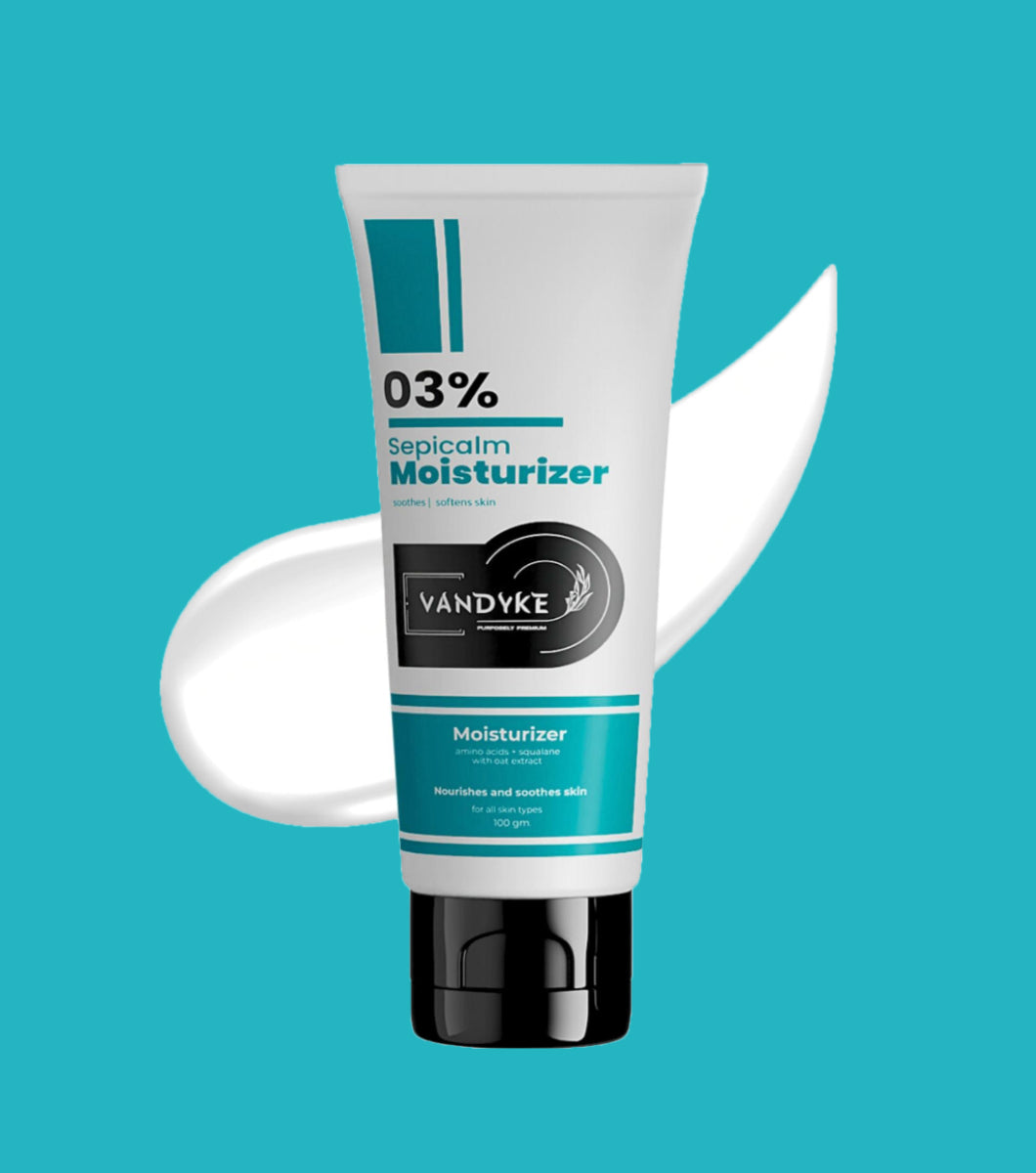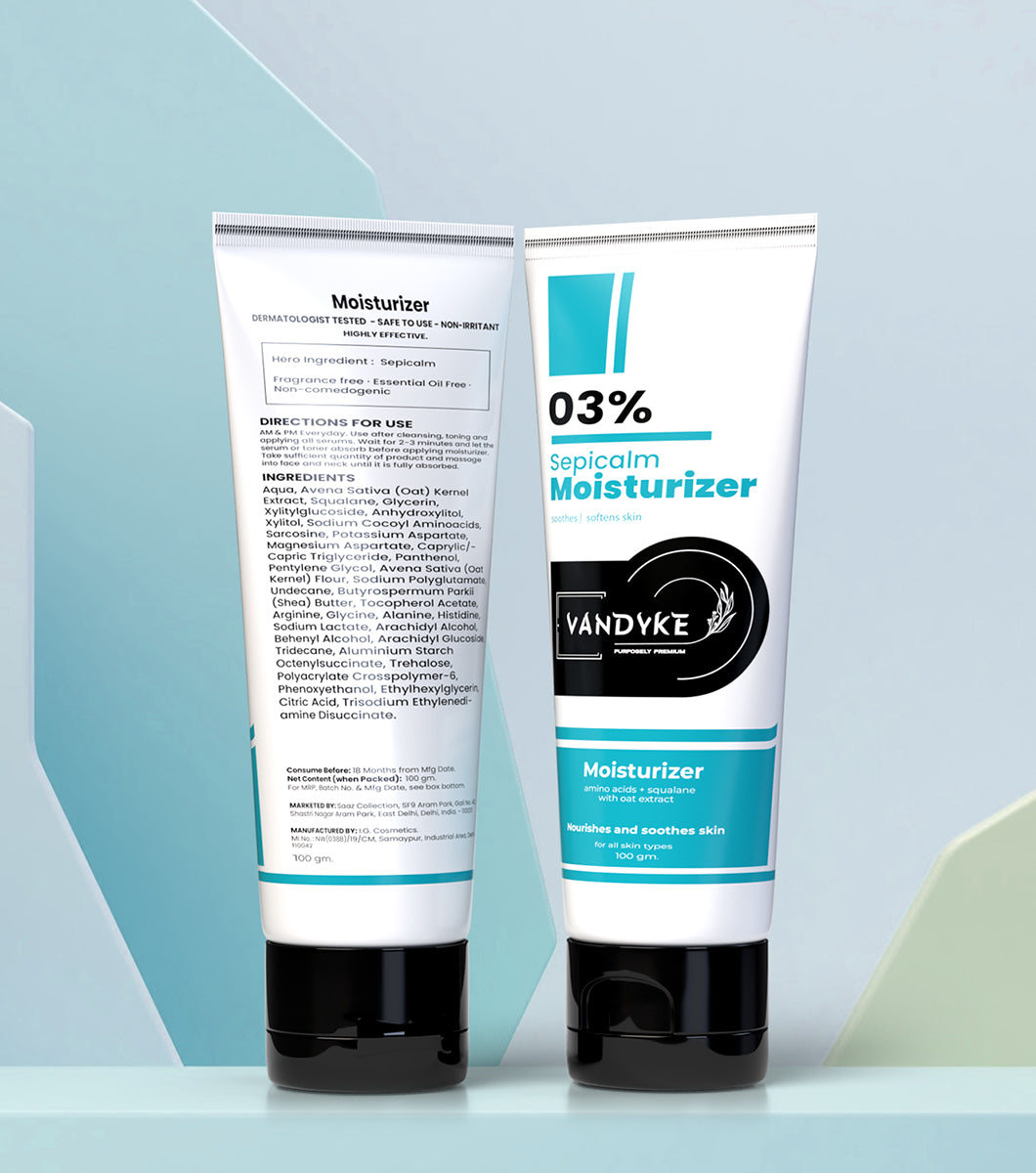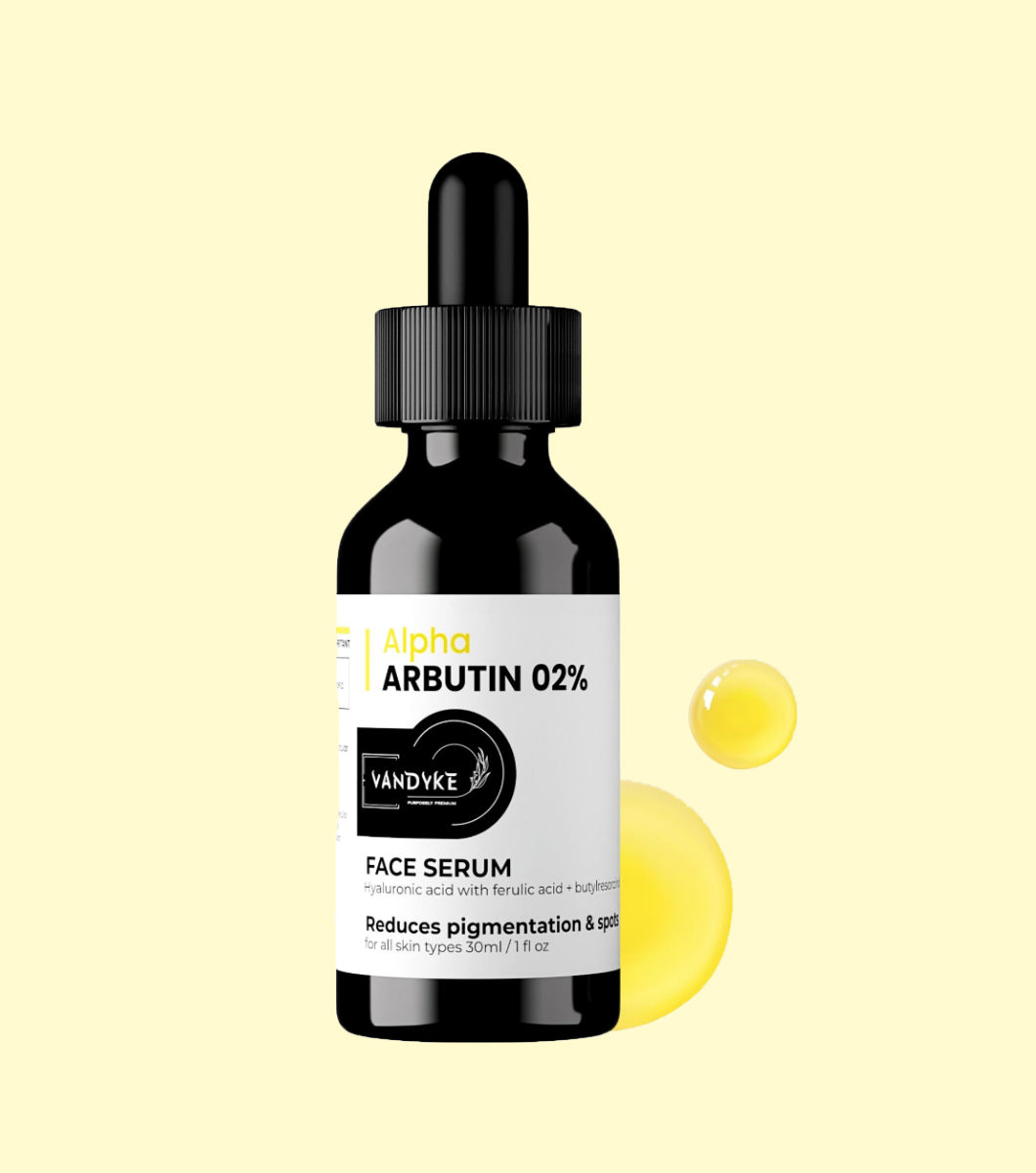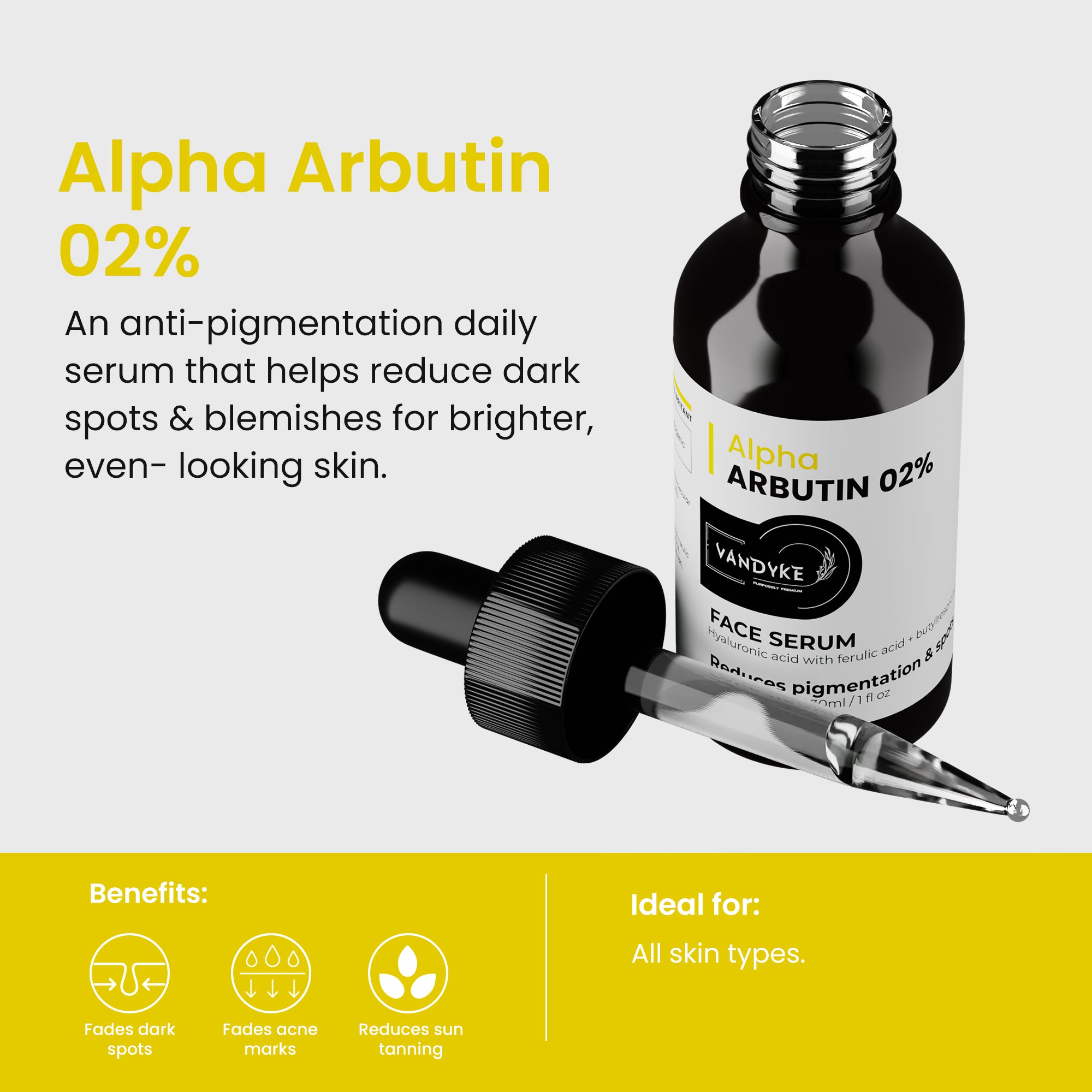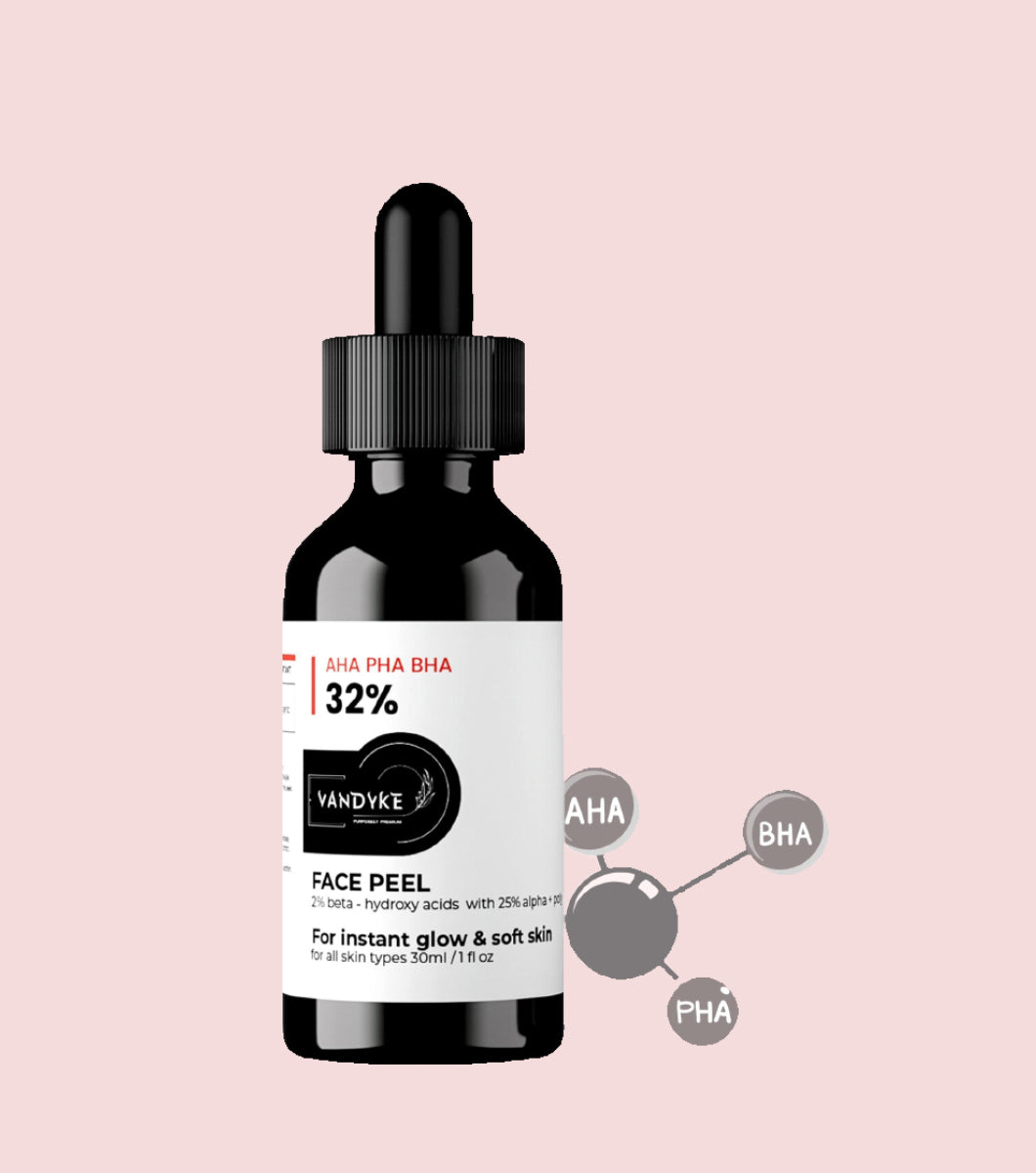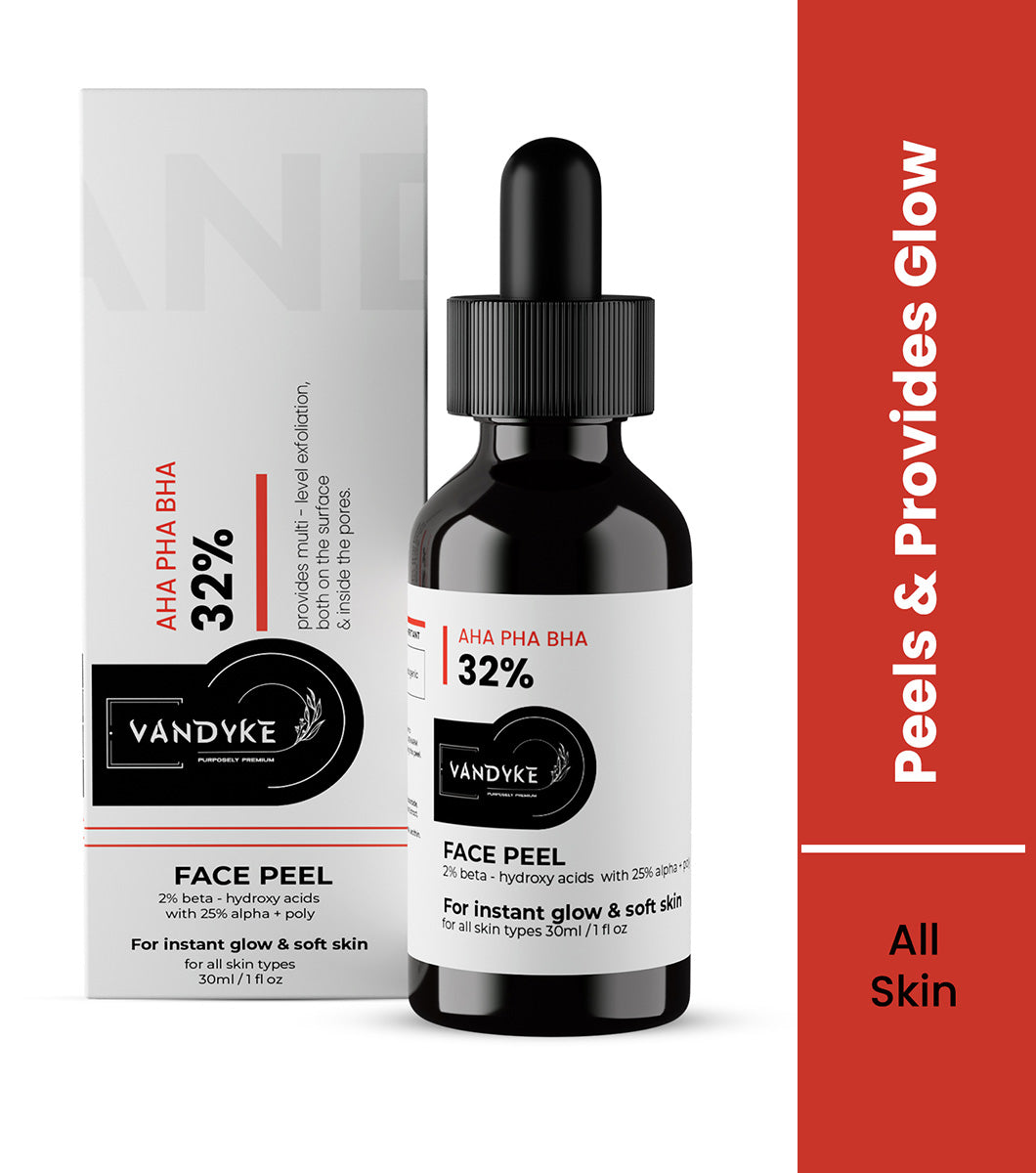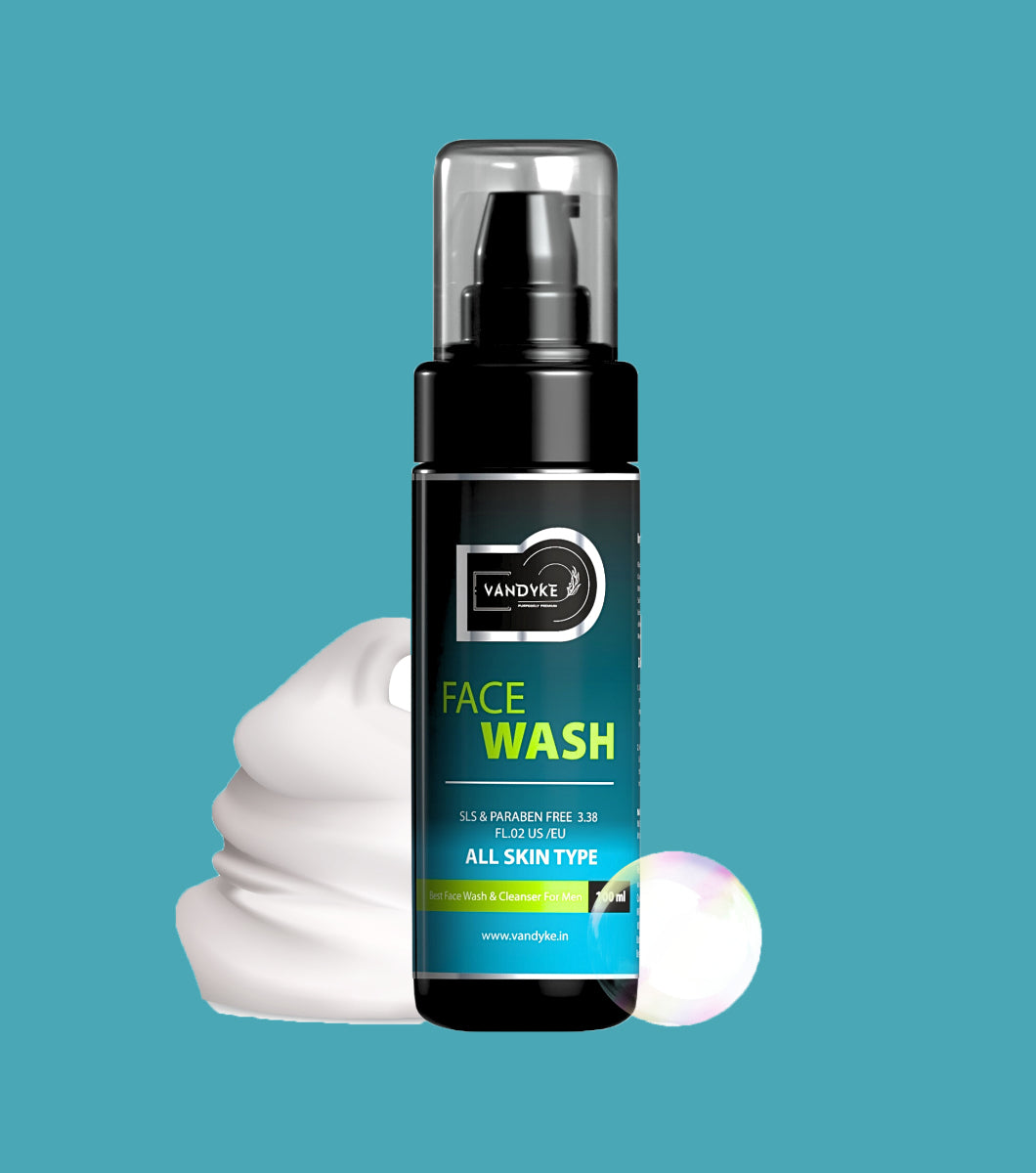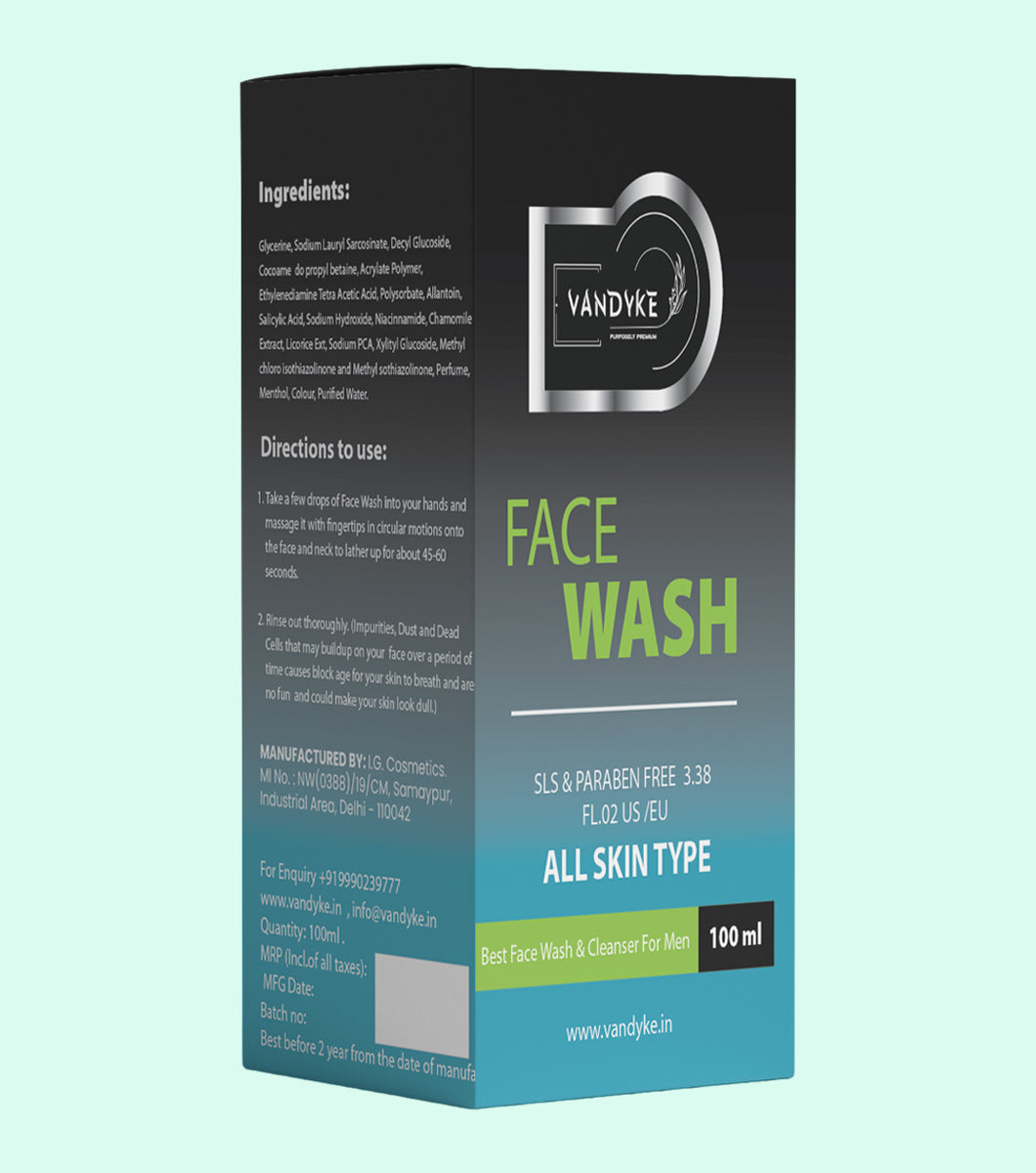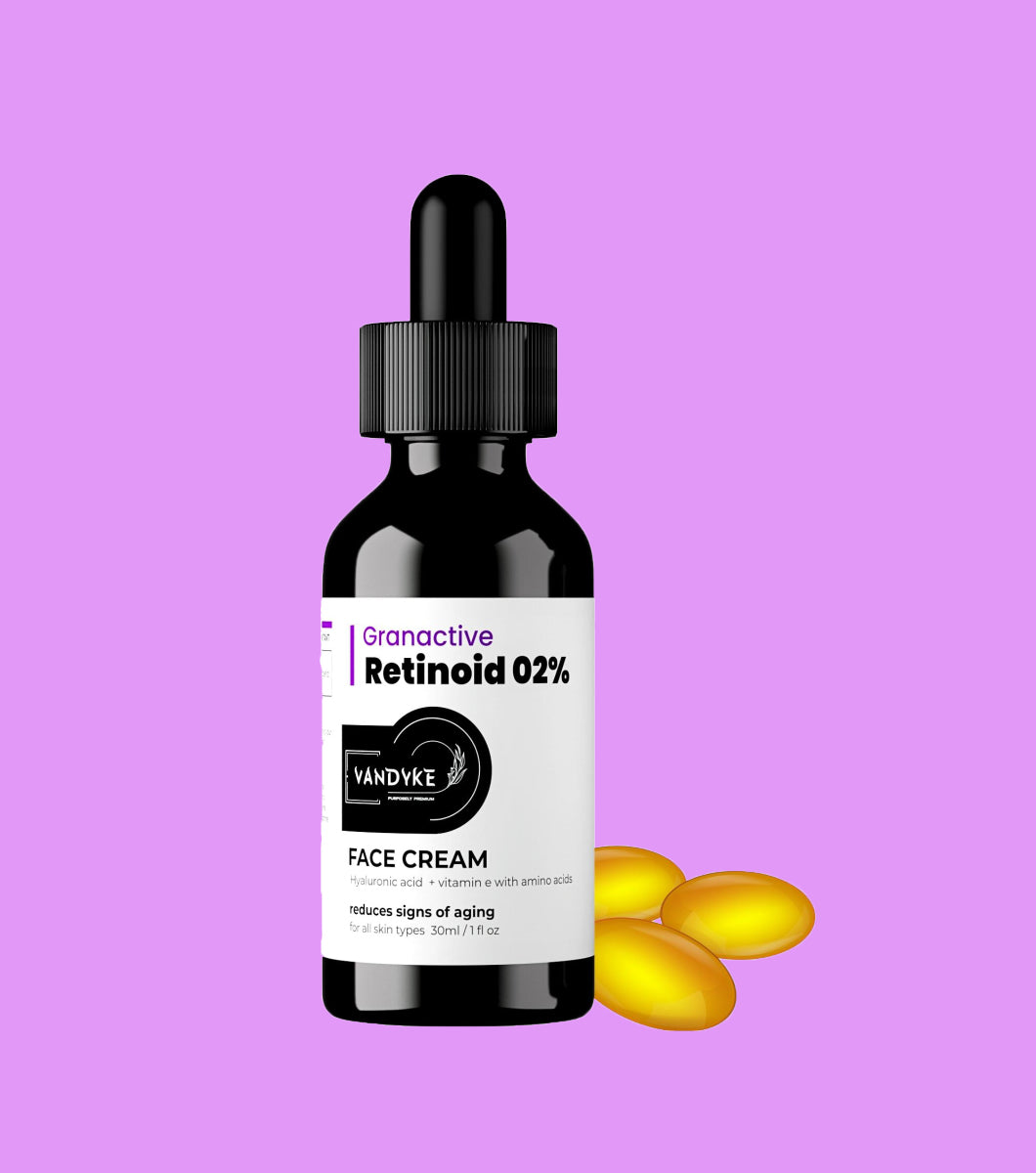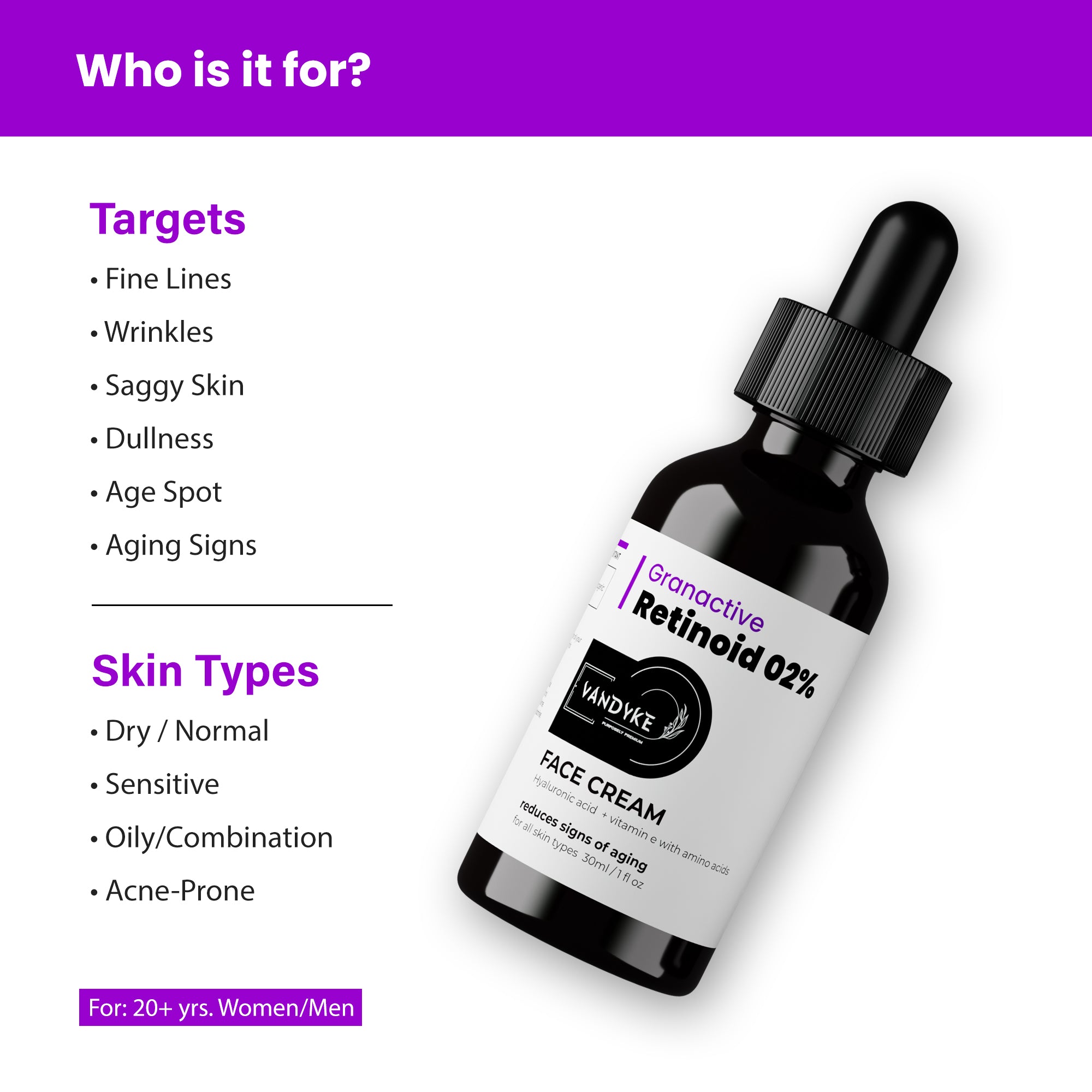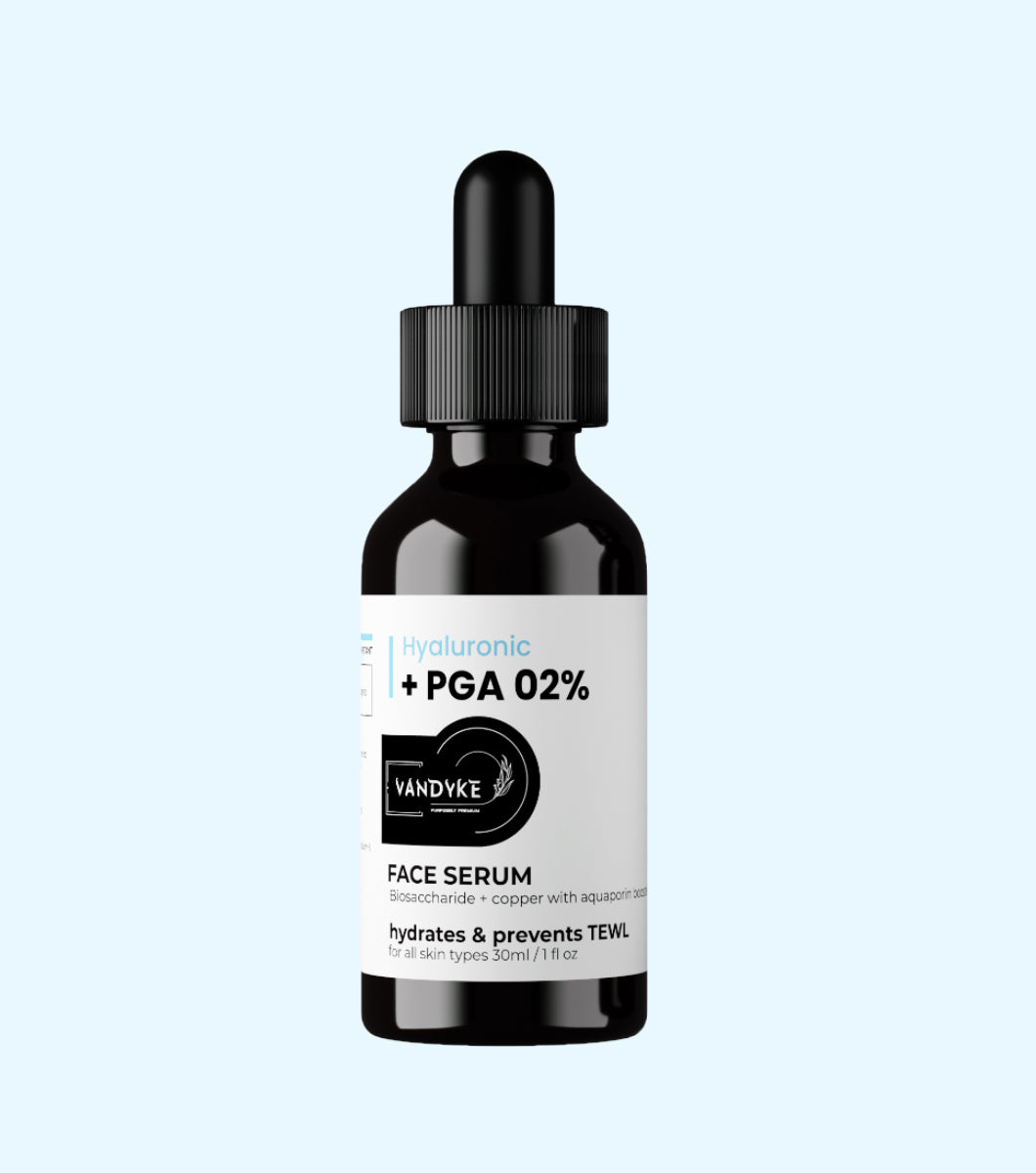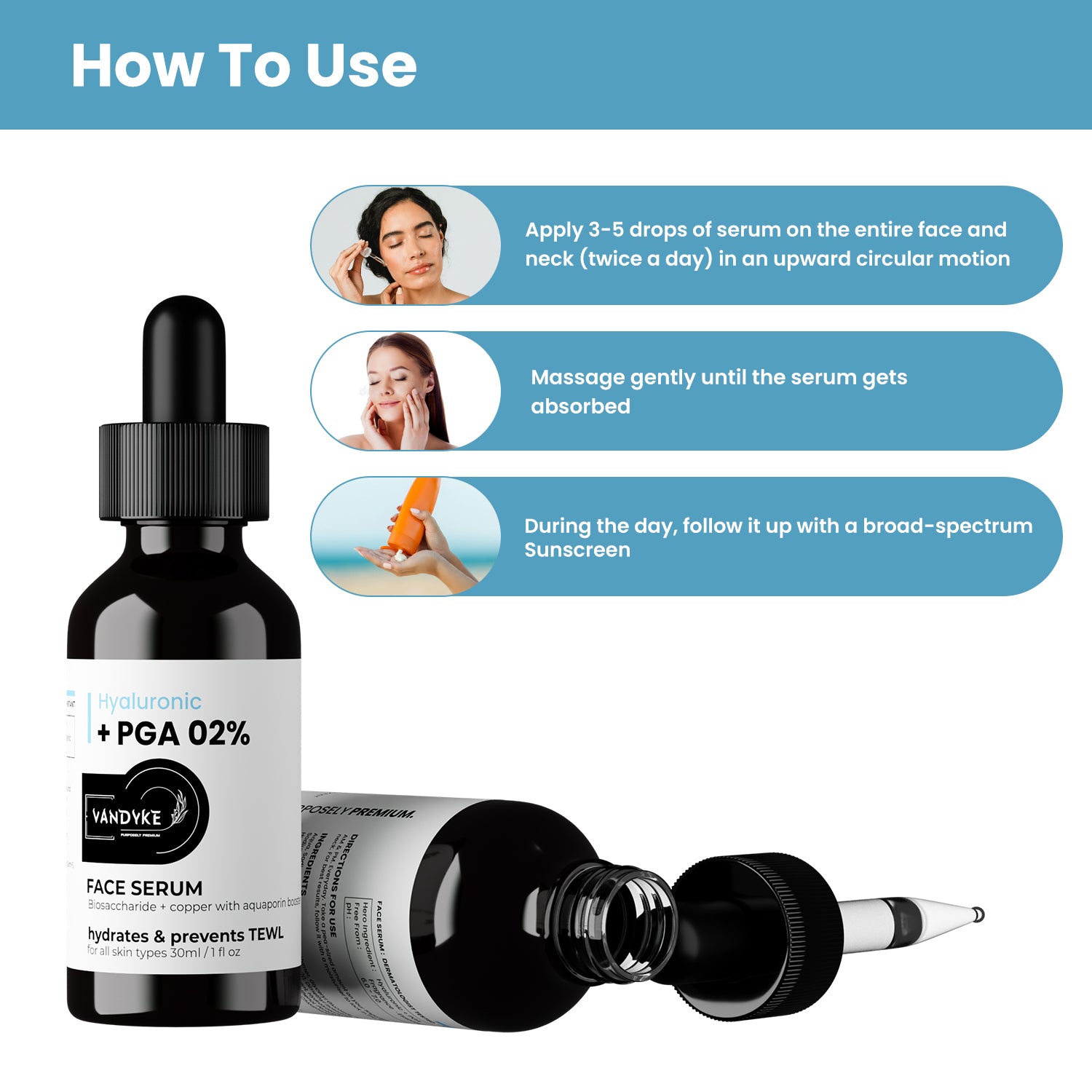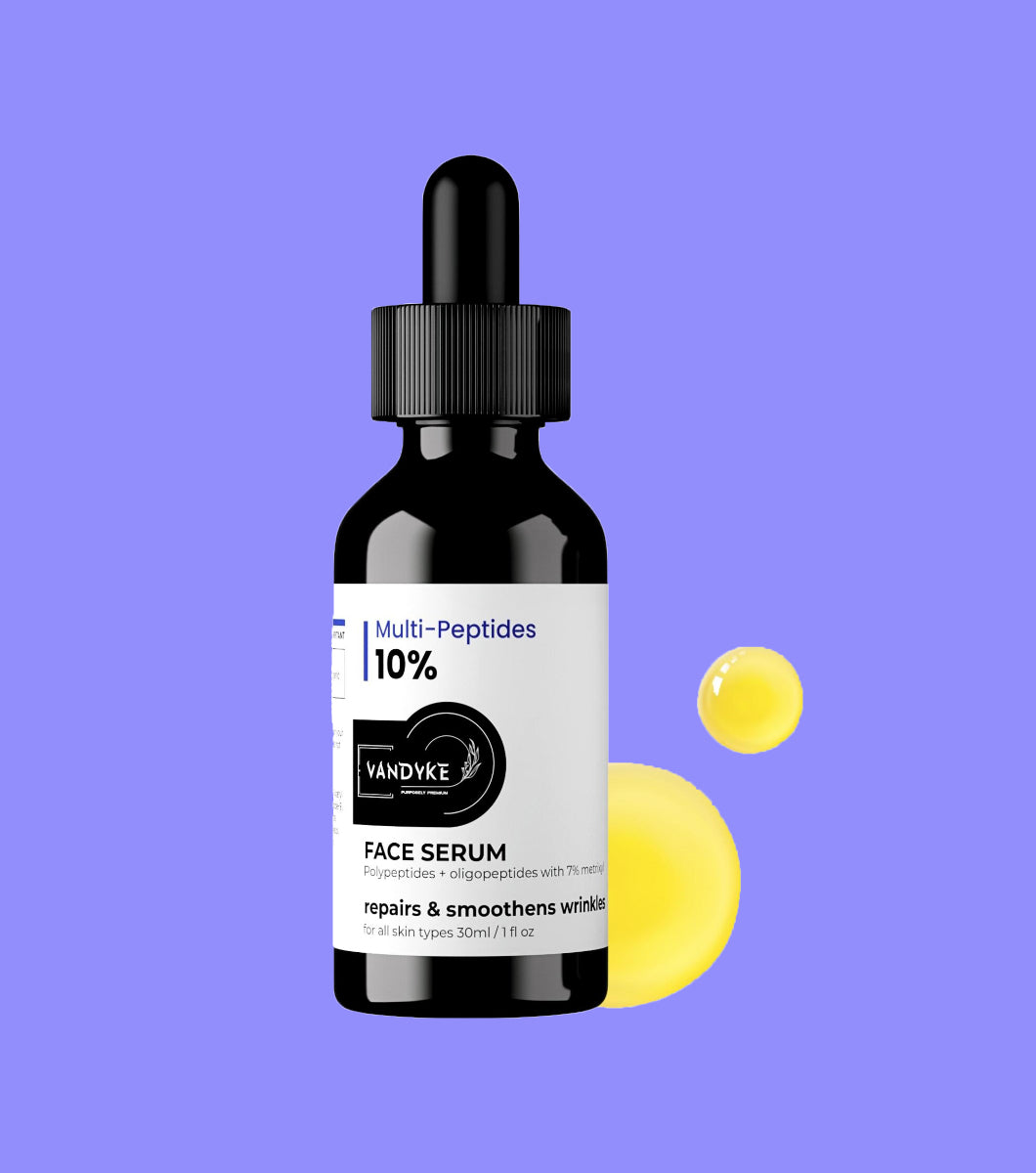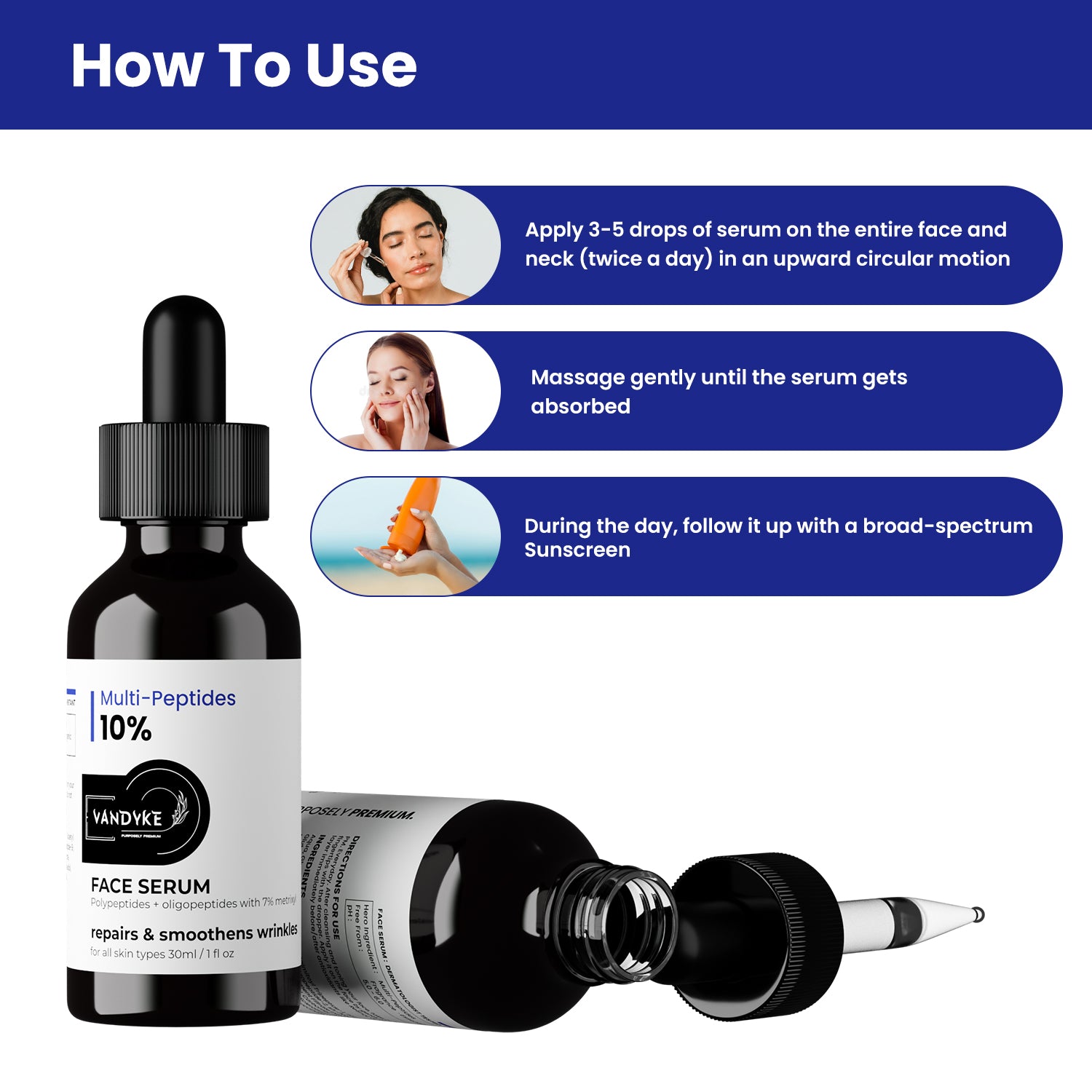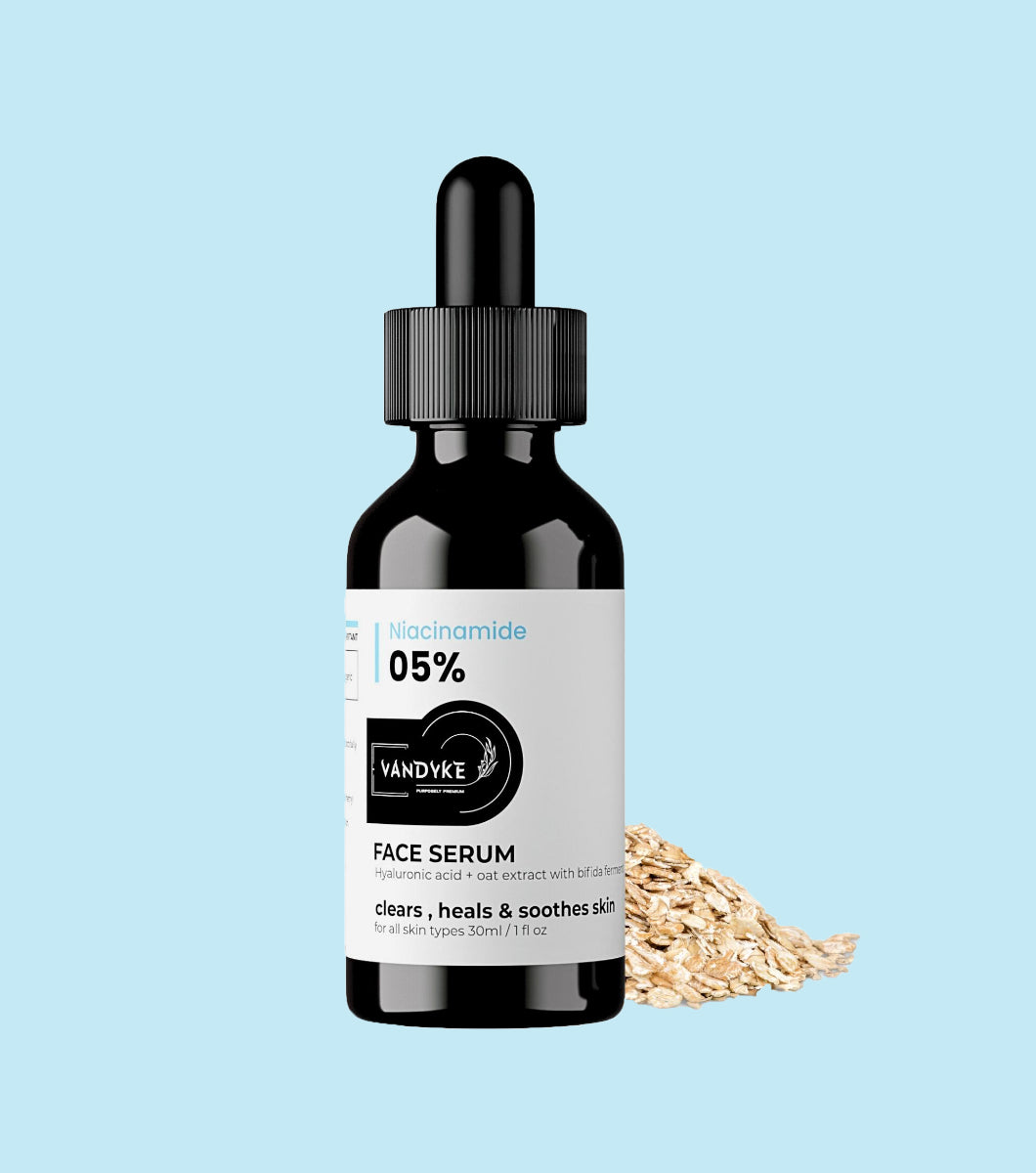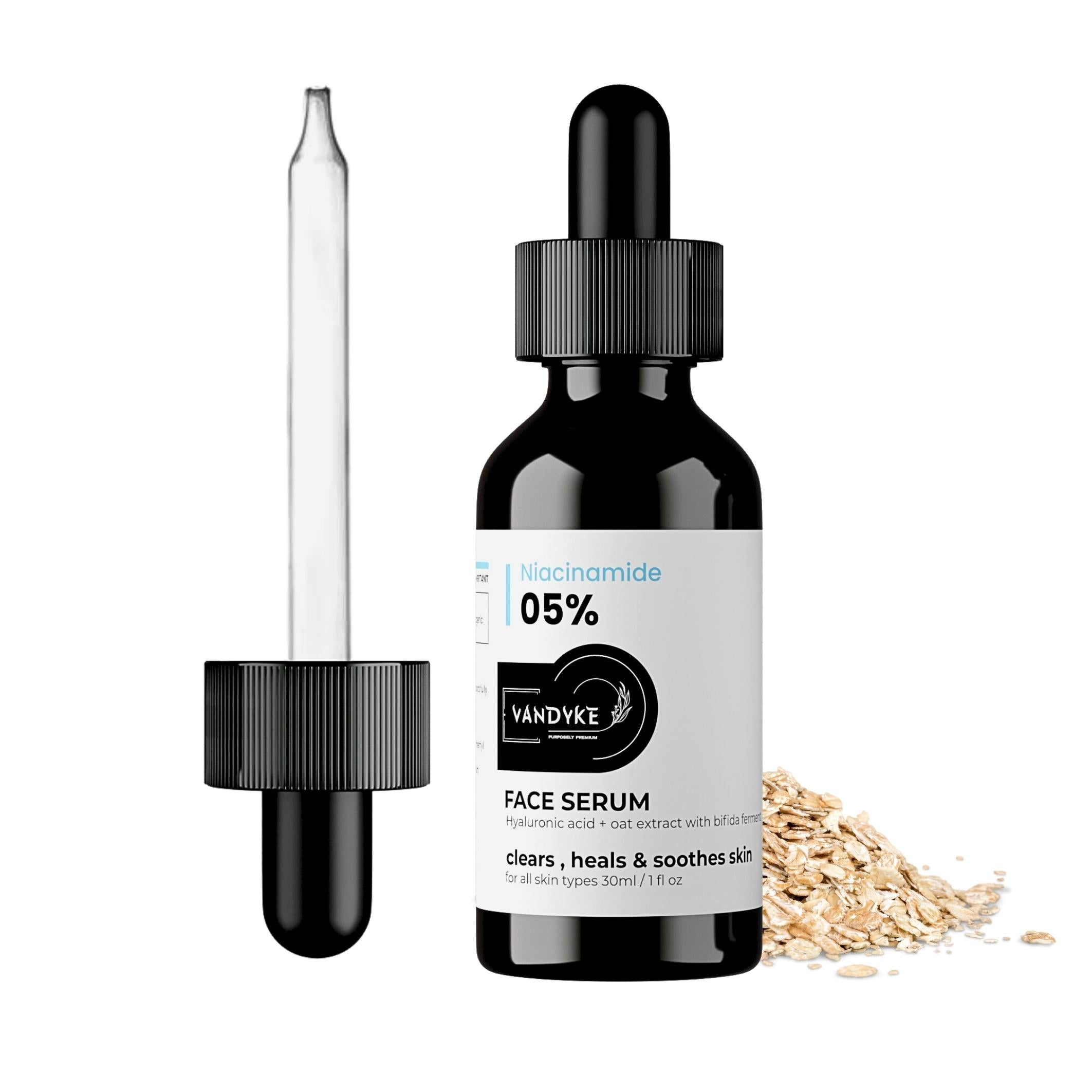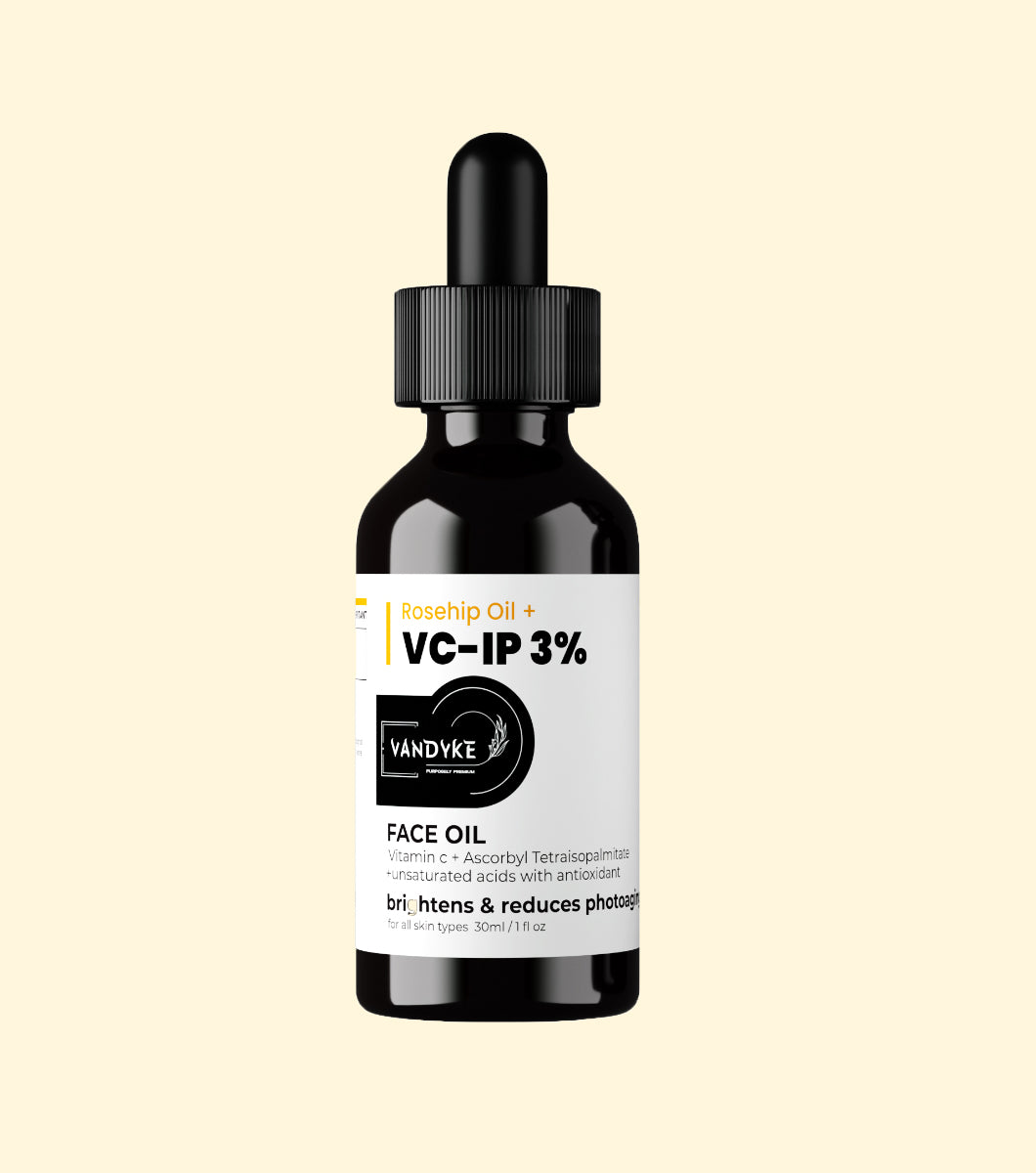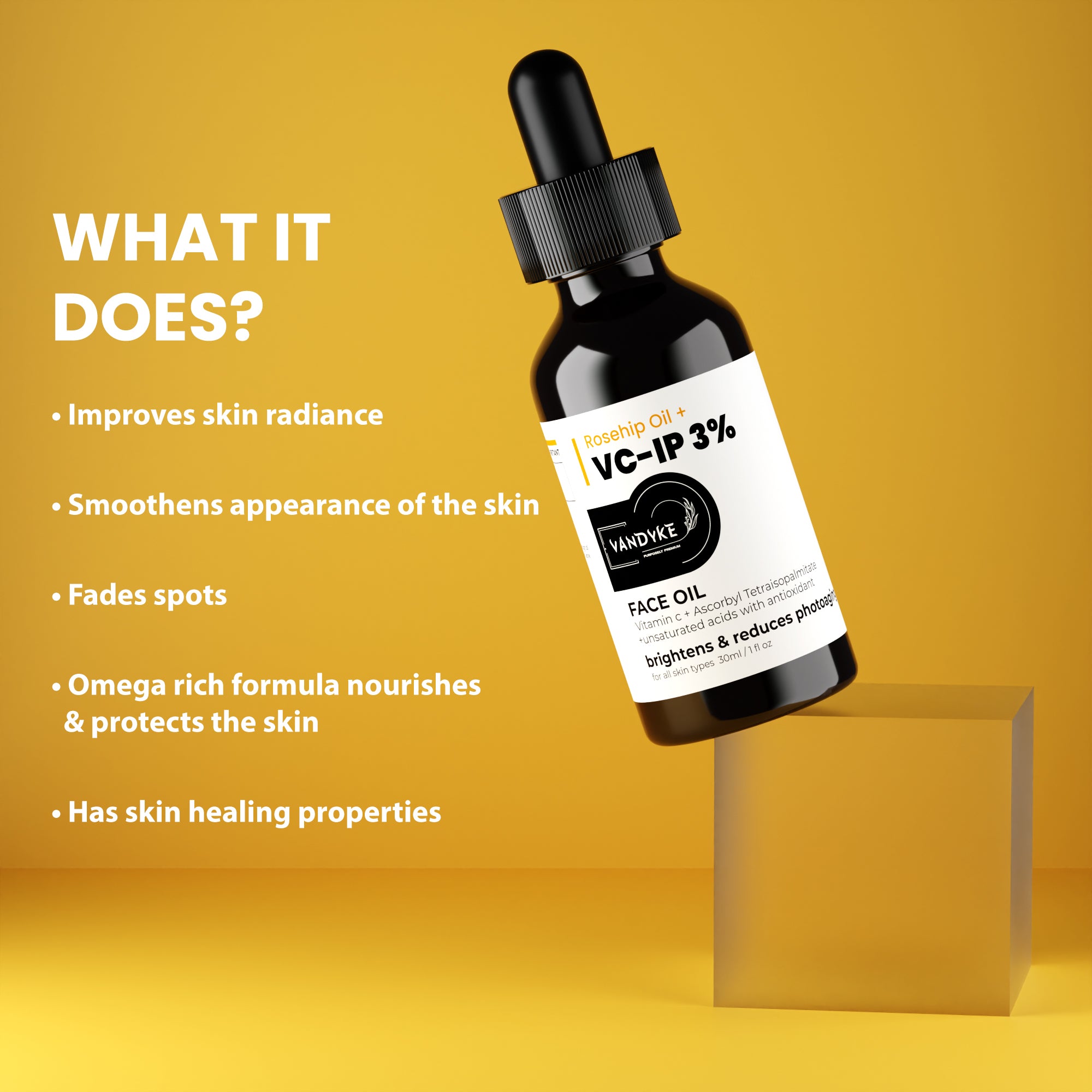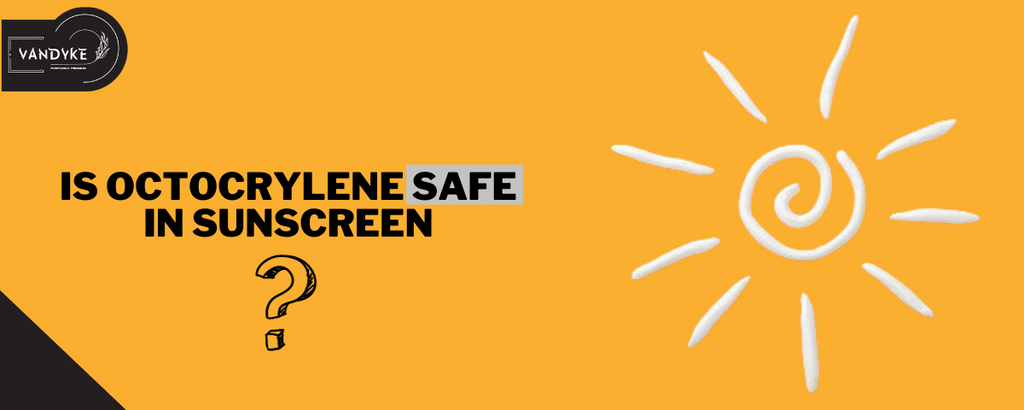
Is Octocrylene Safe in Sunscreen Lets Know Everything

Is Octocrylene Safe in Sunscreen? Everything You Need to Know
When it comes to shielding your skin from the damaging effects of ultraviolet (UV) radiation from the sun, sunscreen is your best friend. But it’s important to learn more about the subject as worries about the safety of sunscreen chemicals are growing. Octocrylene is one such component that has generated discussion. Vandyke will examine the details and respond to the following query in this thorough guide: In sunscreen, is octocrylene safe?
What is Octocrylene?
When it comes to skincare and sun protection, octocrylene is an essential ingredient. It is a chemical UV filter that is widely used in many different types of sunscreen. Its primary function is the absorption of ultraviolet (UV) radiation, which is a crucial responsibility in protecting the skin from the harmful effects of sun exposure. We can enjoy the great outdoors while preserving the health of our skin since octocrylene plays a critical role in preventing skin damage, including sunburn and premature aging, by absorbing and dispersing UV radiation.
Here’s an in-depth look at Octocrylene:
UVB Protection
Because of its exceptional ability to absorb UVB (ultraviolet B) radiation, octocrylene is a useful ingredient in sunscreens. Since sunburn is mostly caused by UVB radiation, this feature offers an additional line of protection against sunburn.
Photostability
Octocrylene’s capacity to improve the photostability of other UV filters that are frequently present in sunscreens is one of its noteworthy benefits. This implies that it adds to the durability and potency of the sunscreen by preventing these filters from deteriorating when exposed to sunlight.
Skin Sensitivity
The majority of people consider octocrylene to be safe and well-tolerated. Given that it is less prone to irritate skin or trigger allergic responses, it is frequently advised for those with sensitive skin.
Environmental Impact
There have been environmental concerns raised about Octocrylene. There are worries regarding this chemical filter’s possible negative effects on marine life because it has been found in water sources. Because of these environmental issues, several areas and some sunscreen manufacturers have chosen to phase out the usage of Octocrylene.
Addressing Safety Concerns
Although octocrylene has long been a mainstay in sunscreen formulas, its long-term safety has come under investigation. Here are some crucial things to remember:
- Skin Sensitivity
It is generally agreed upon that Octocrylene is safe for most people. But you have to be careful, just as with other skincare product. Try a patch test on a small section of your skin if you have sensitive skin or if this is your first time using a sunscreen that contains octocrylene.
- Allergic Reactions
Although they are uncommon, allergic reactions to Octocrylene have been documented. Using sunscreen containing octocrylene may cause moderate irritation or allergy in those with hypersensitive skin. Use a different sunscreen with different UV filters if you have a known sensitivity to this component or if you have any skin discomfort.
- Environmental Impact
Octocrylene’s effects on the environment are a major worry, particularly in areas where water supplies are vulnerable to pollution. Certain regions and sunscreen manufacturers have chosen to replace Octocrylene with more ecologically friendly substitutes.
Choosing Safer Sunscreens
You may be reassured that there are other sunscreen choices that can offer reliable sun protection if you are concerned about the safety of octocrylene or its possible effects on the environment. Mineral UV filters such as titanium dioxide and zinc oxide are now found in many sunscreens. These minerals are less damaging to the environment and provide broad-spectrum protection against UVA and UVB radiation.
- Mineral Sunscreens
Physical blockers is a common term used to describe mineral sunscreens. They function by creating a shield that scatters and reflects UV radiation from the skin’s surface. These sunscreens mostly contain two types of minerals: zinc oxide and titanium dioxide. The environment and skin are usually thought to be safe when using these substances.
-
Reef-Safe Sunscreens
Reef-safe sunscreens have become more and more popular in areas where coral reefs are under threat. Certain ingredients, such as octinoxate, oxybenzone, and octocrylene, which have been connected to environmental harm and coral bleaching, are not used in these sunscreens.
If you are looking for sunscreen that contains Octocrylene. Then you can choose vandyke SPF 50 sunscreen for your skin. 50 spf face sunscreen will be the best sunblock for melasma. This sunscreen with 50 spf is enough for your daily skin protection.
Conclusion
In conclusion, most people believe that octocrylene is safe when taken as prescribed. It is essential to be cognizant of any potential allergies or sensitivities, though. Should you be worried about the product’s effects on the environment, choose sunscreens that have various UV filters or ones that are designated as “reef-safe.”
Applying sunscreen liberally and consistently, as well as reapplying it as necessary, and engaging in other sun-safe behaviors like finding shade and donning protective gear, are the most important aspects of sun protection. Always read the label carefully, and see a dermatologist if you have any particular skin disorders or concerns that need further attention.
Even though octocrylene is still a common chemical in sunscreens, skincare is a constantly changing field. As new and creative solutions are coming up, you can make well-informed decisions about what’s best for the environment and your skin. Make an informed decision and enjoy the sun safely since your skin deserves the best care and protection!
Recall that the greatest organ in your body is your skin. It must be carefully shielded from the sun’s damaging rays. One crucial aspect of the sun protection jigsaw is the decision between Octocrylene and other chemicals. Make an informed decision and move toward safe sun protection.

